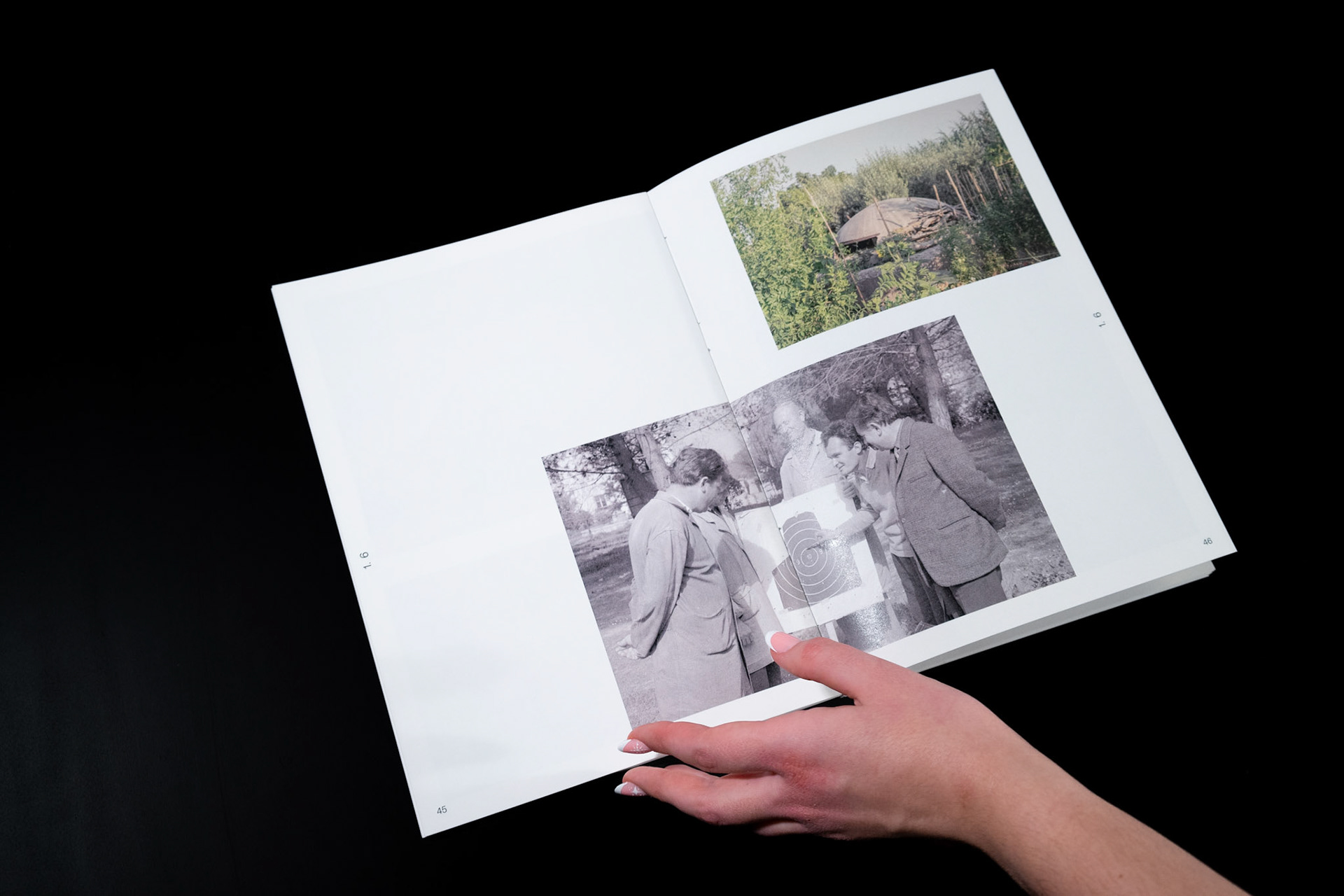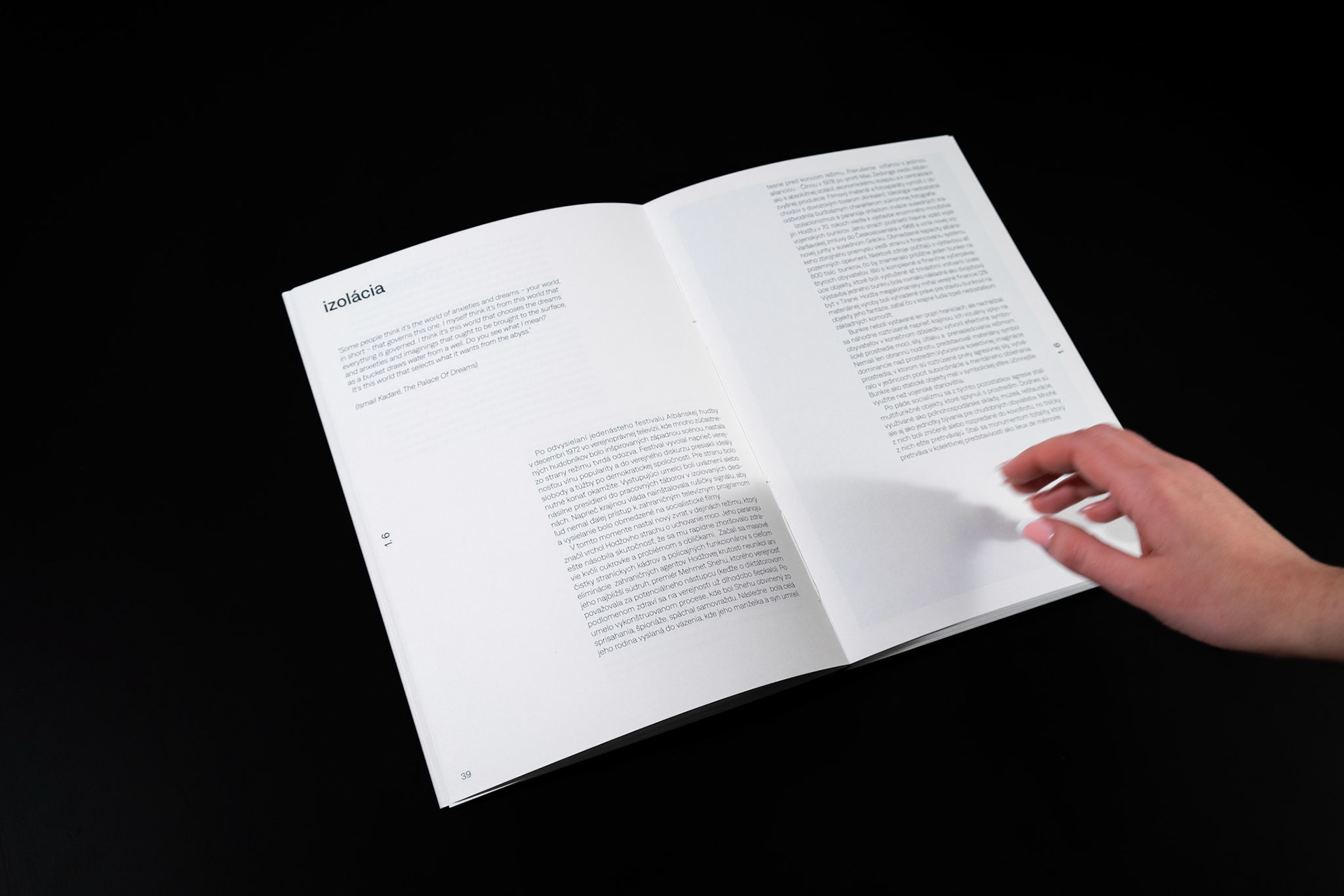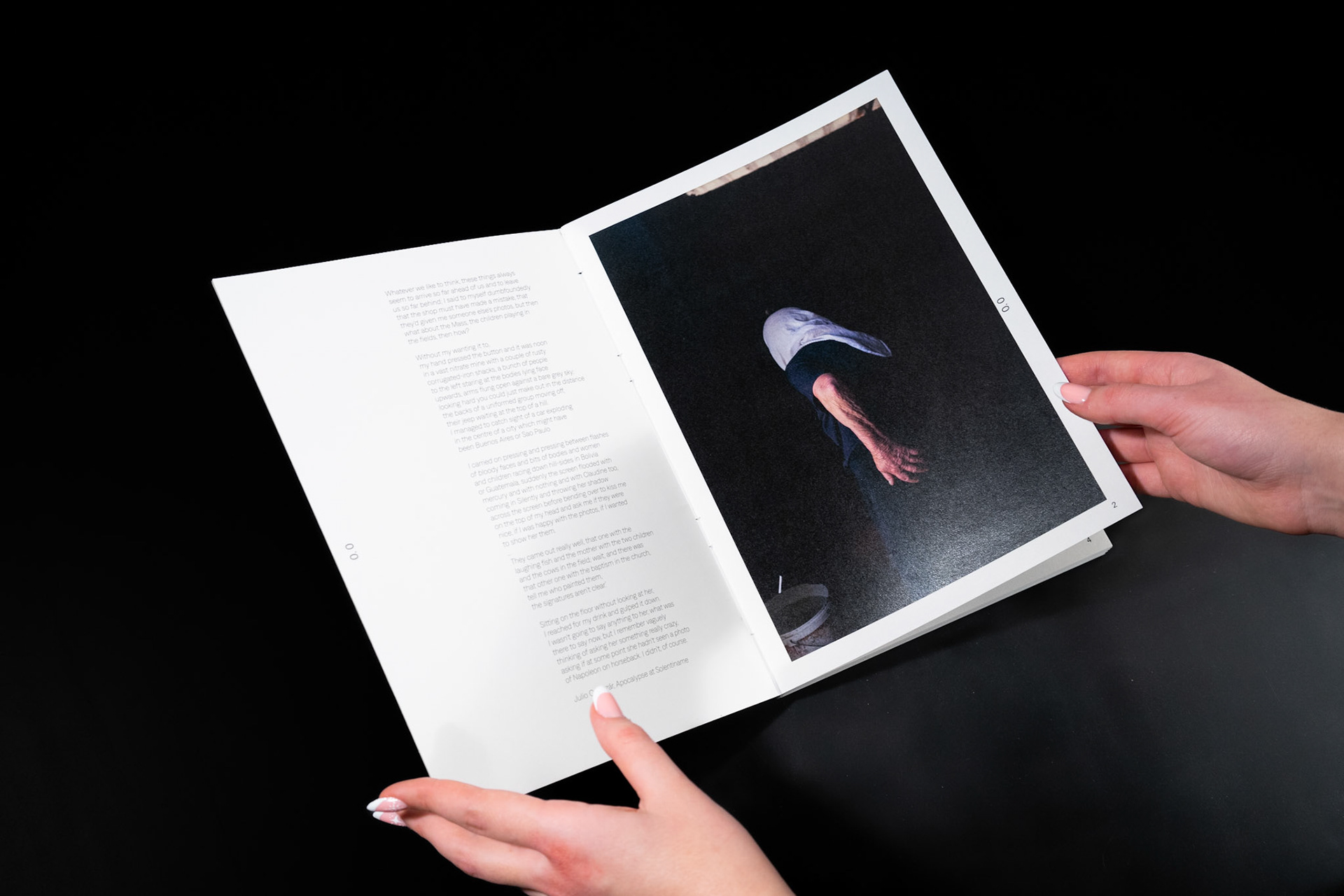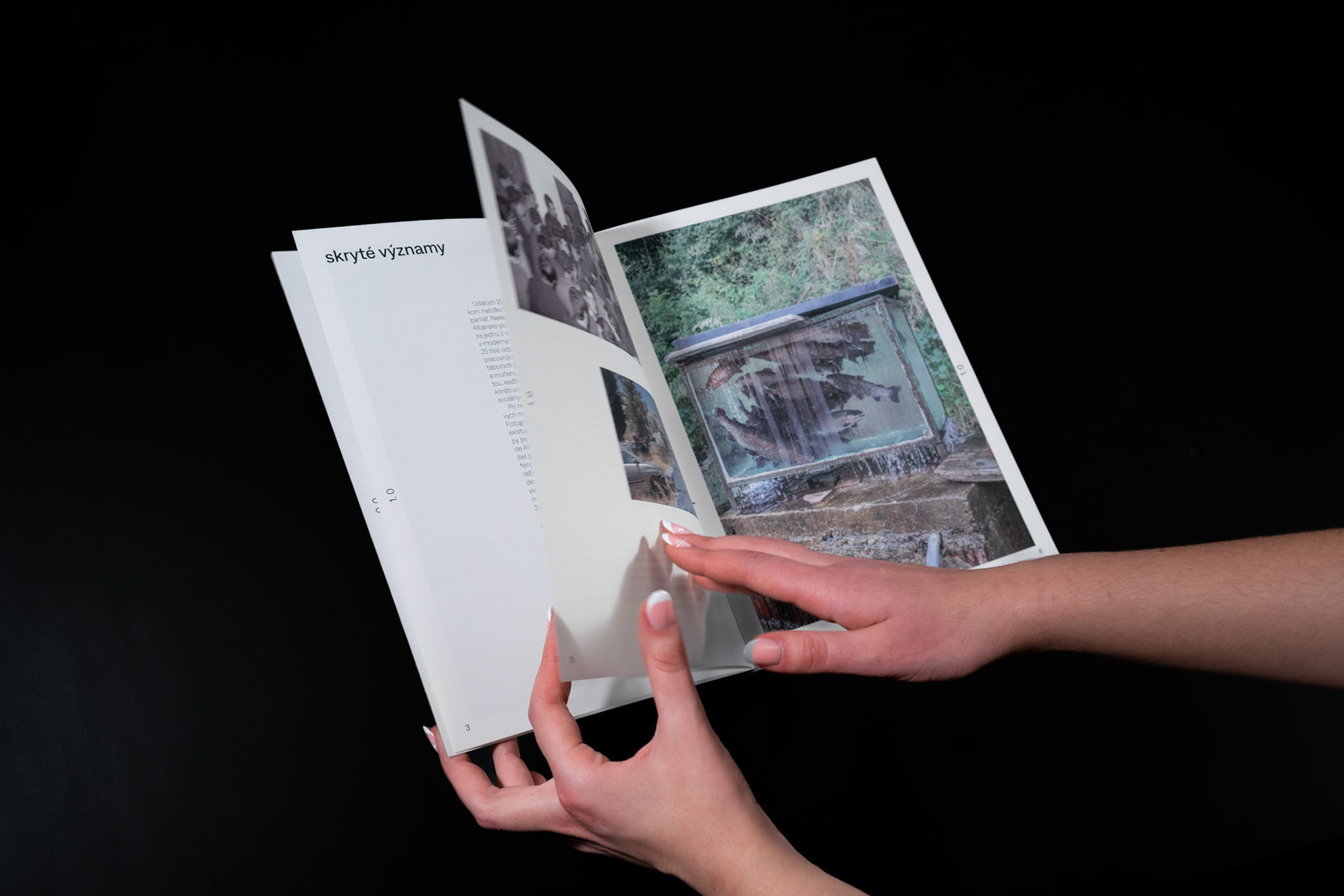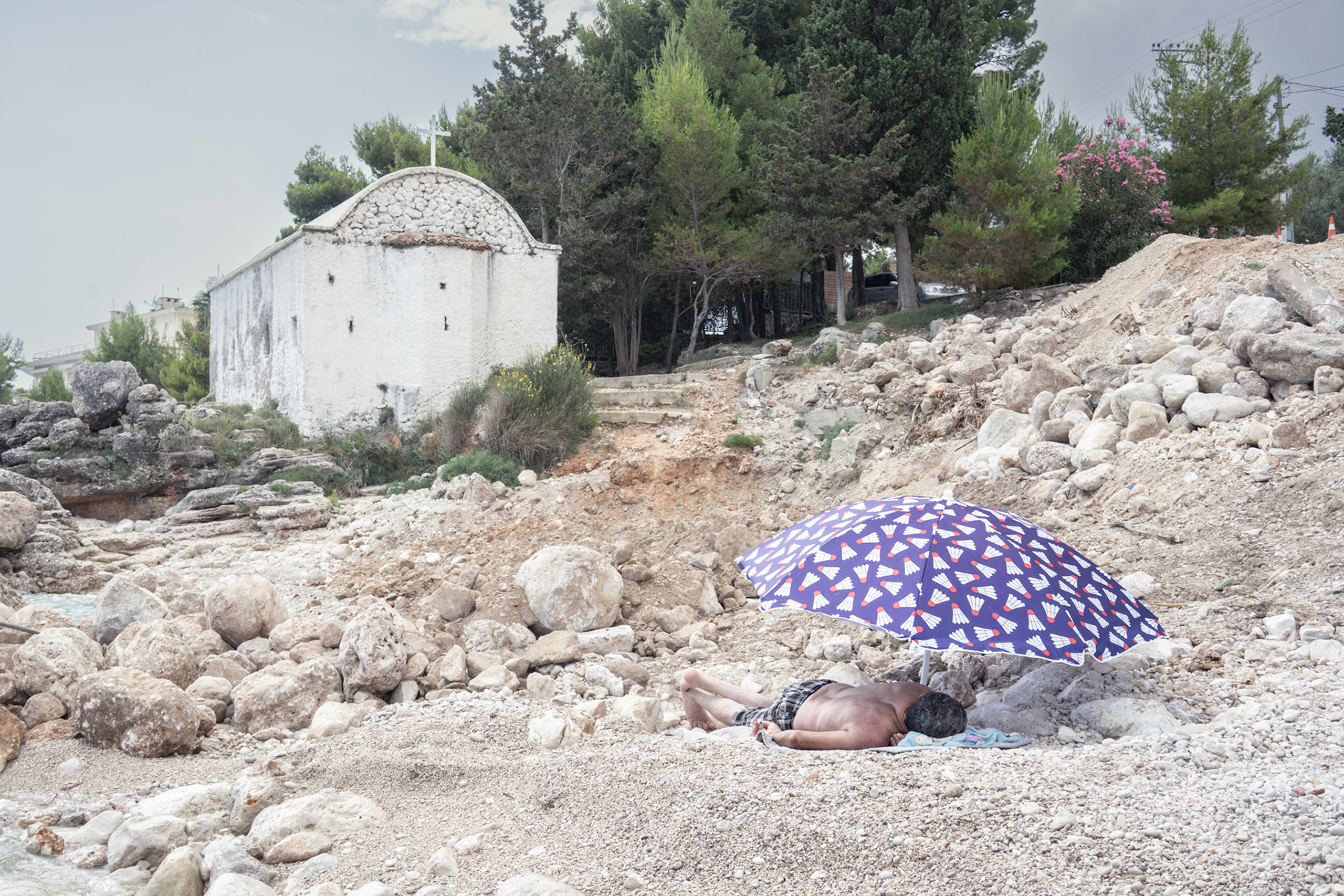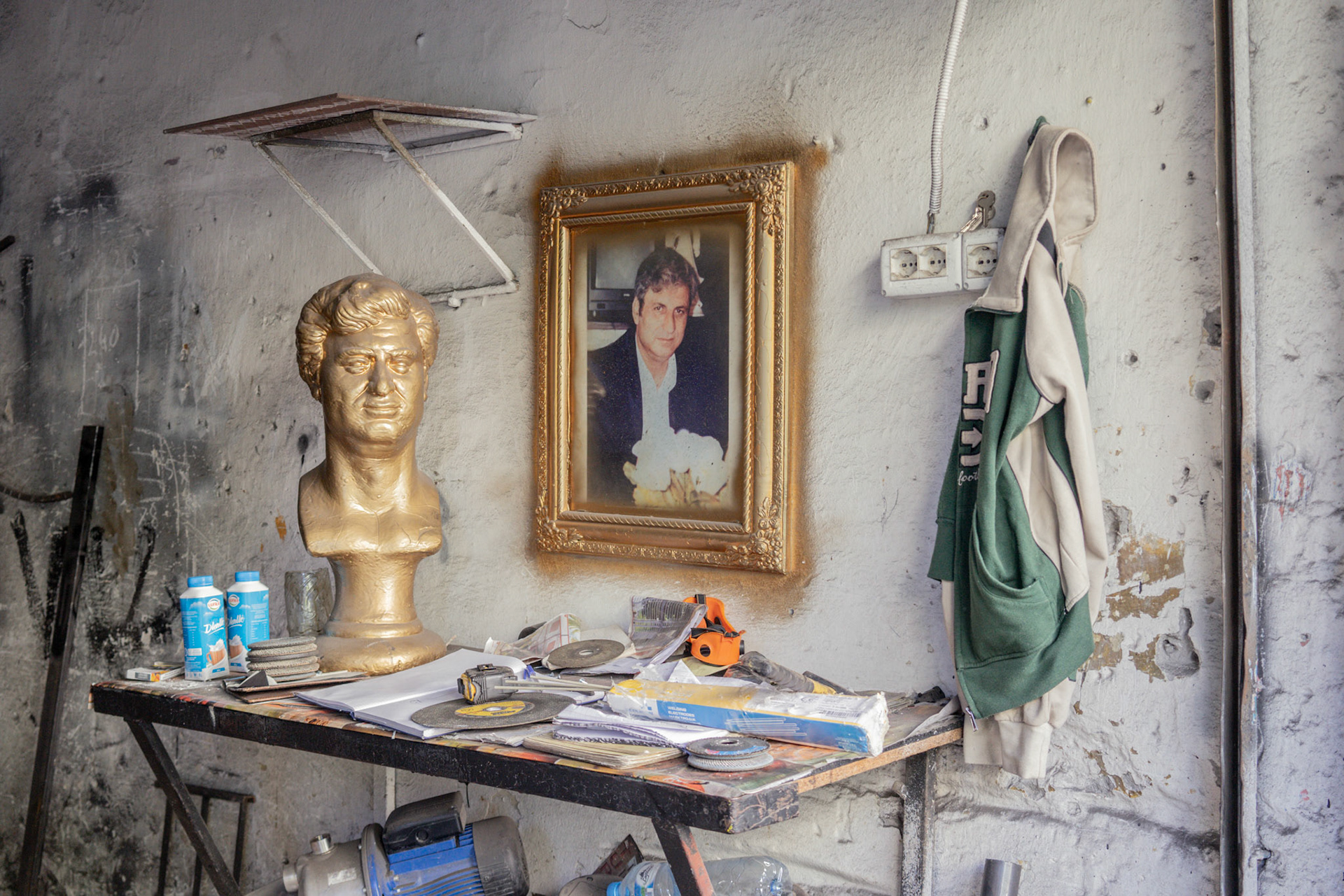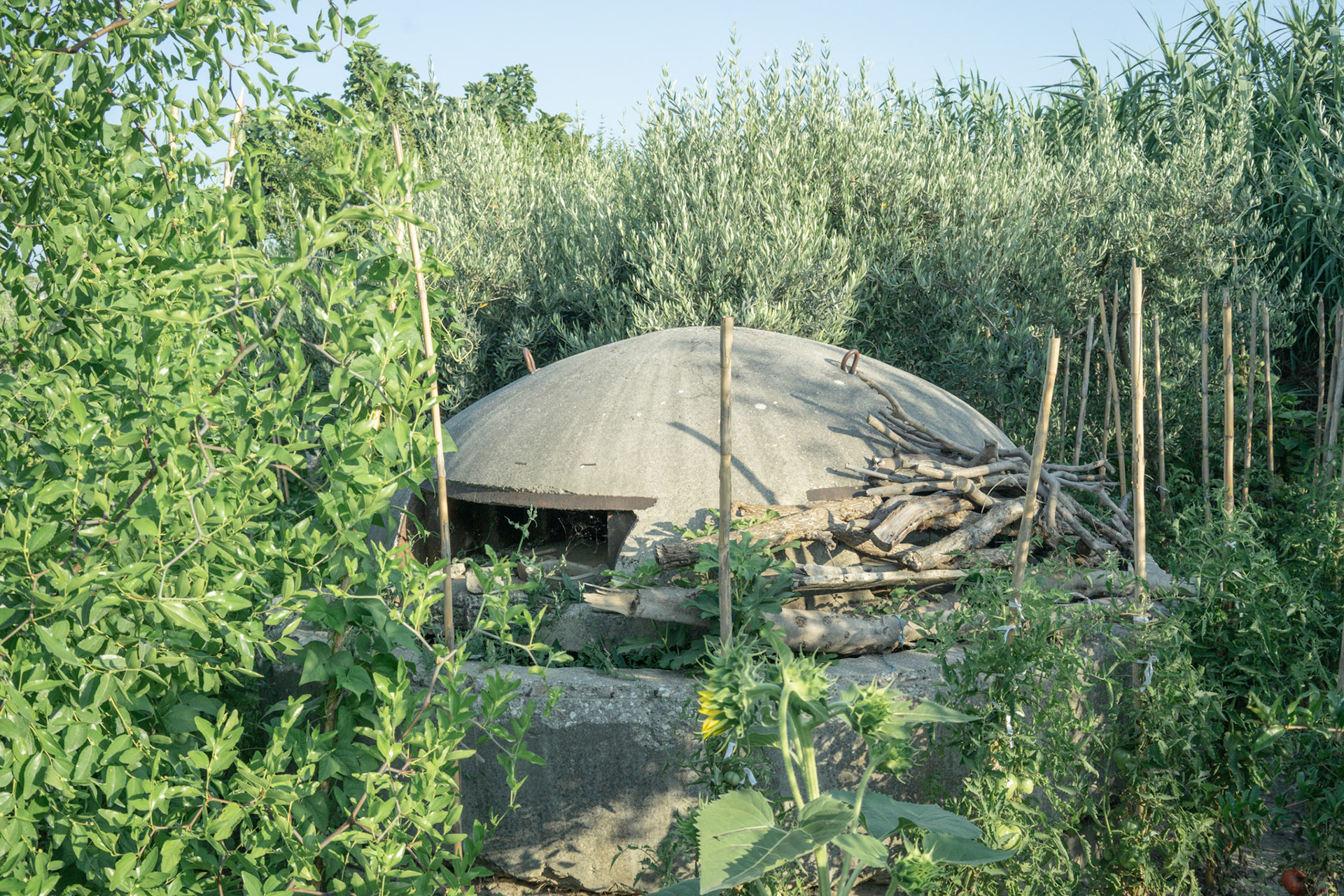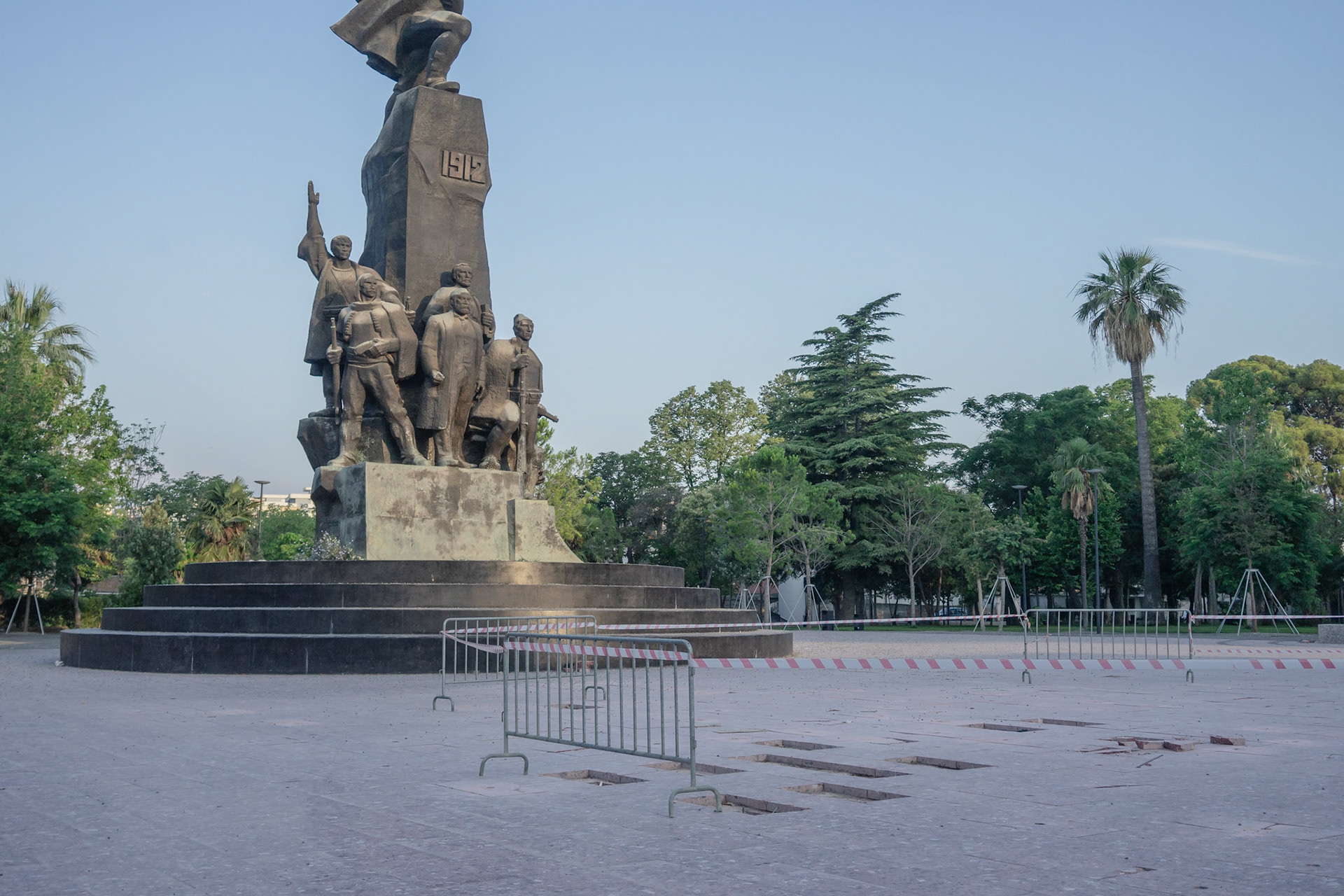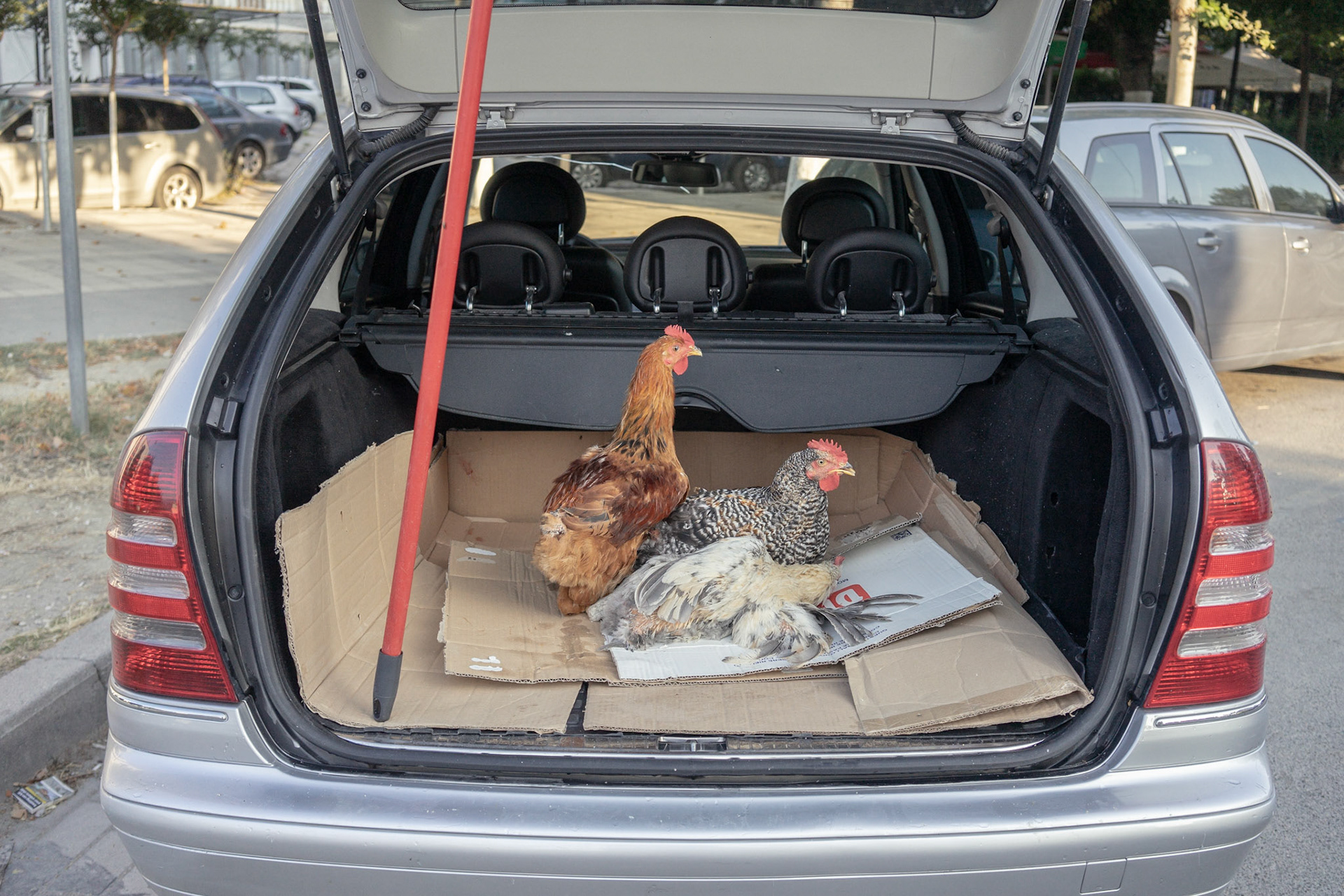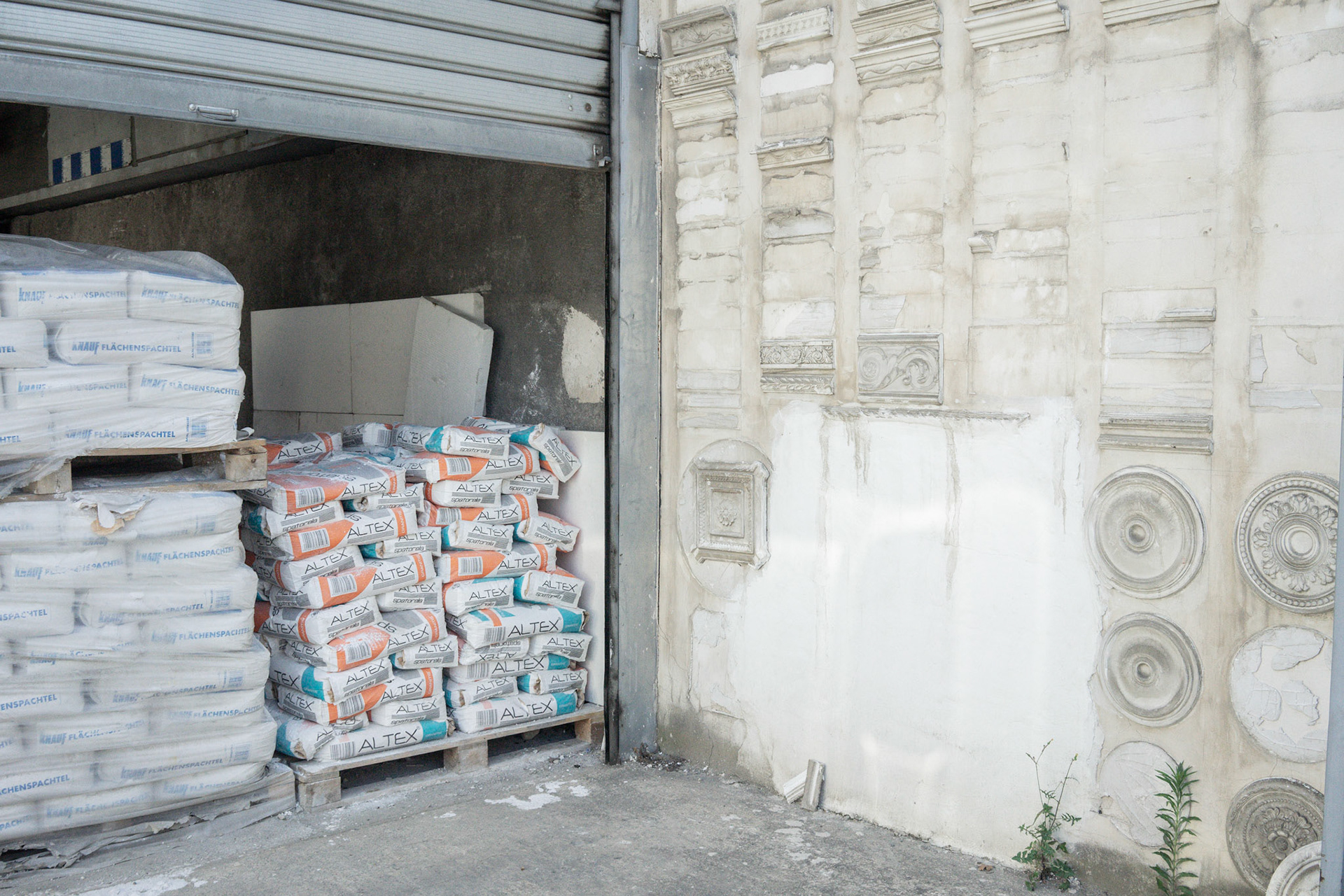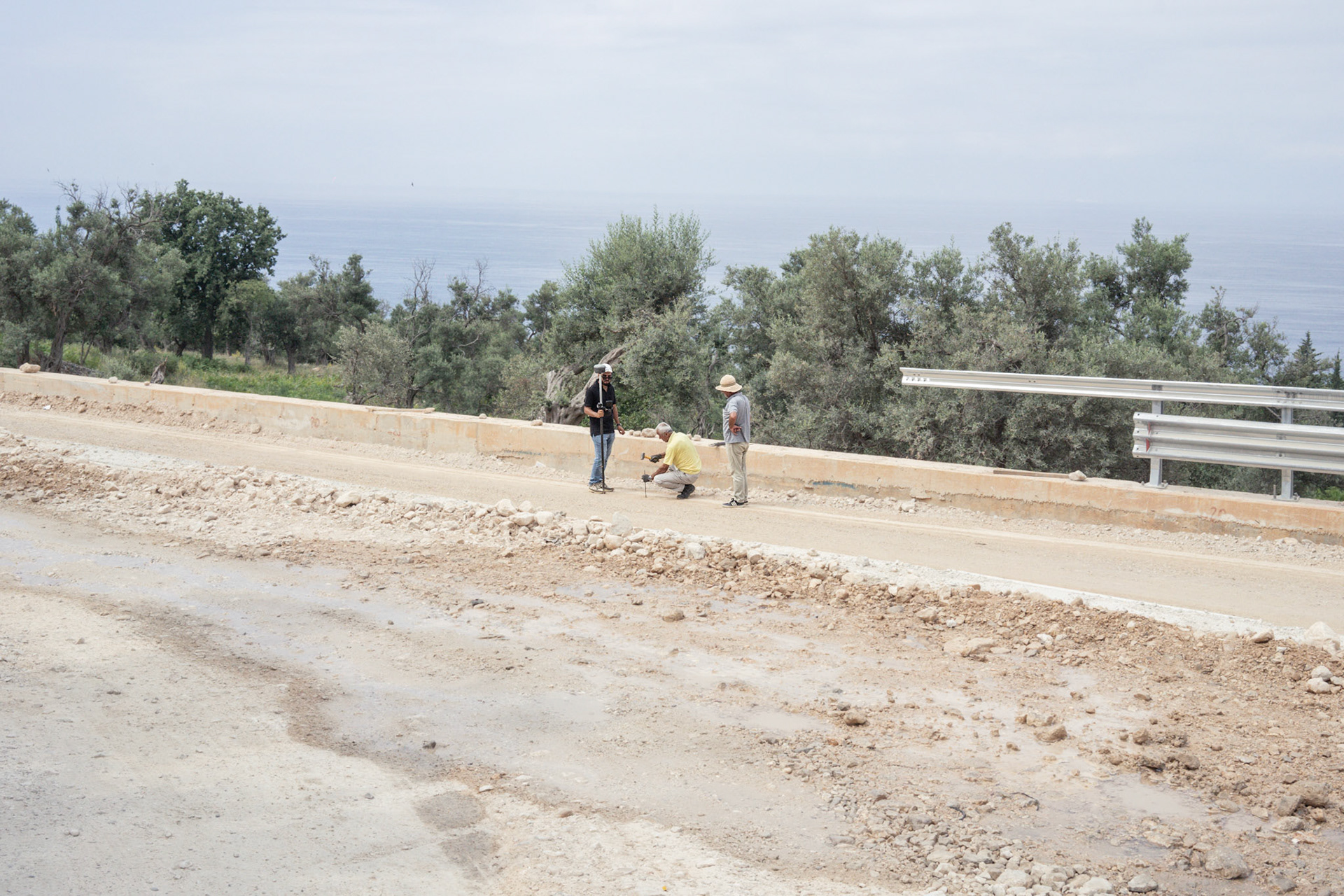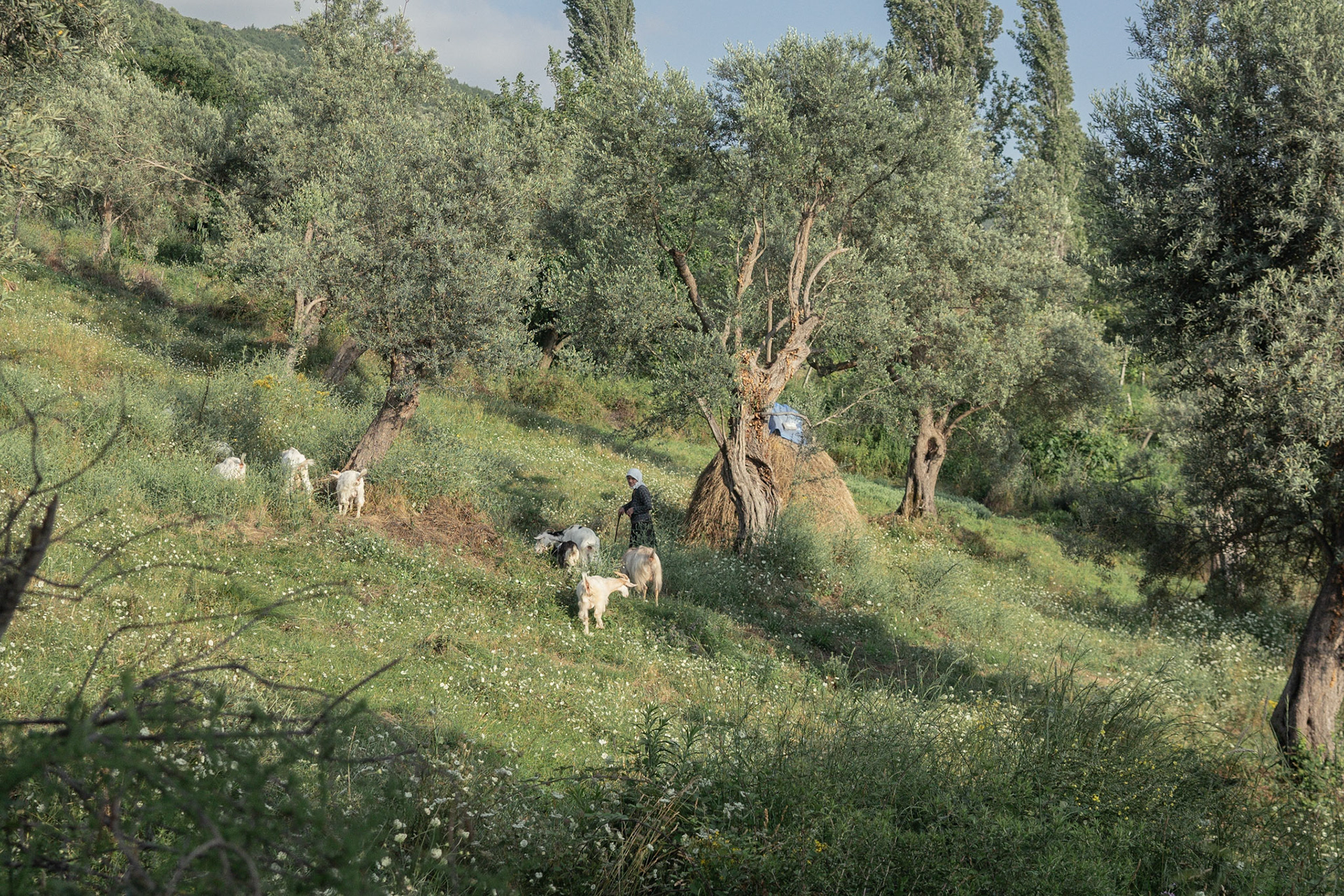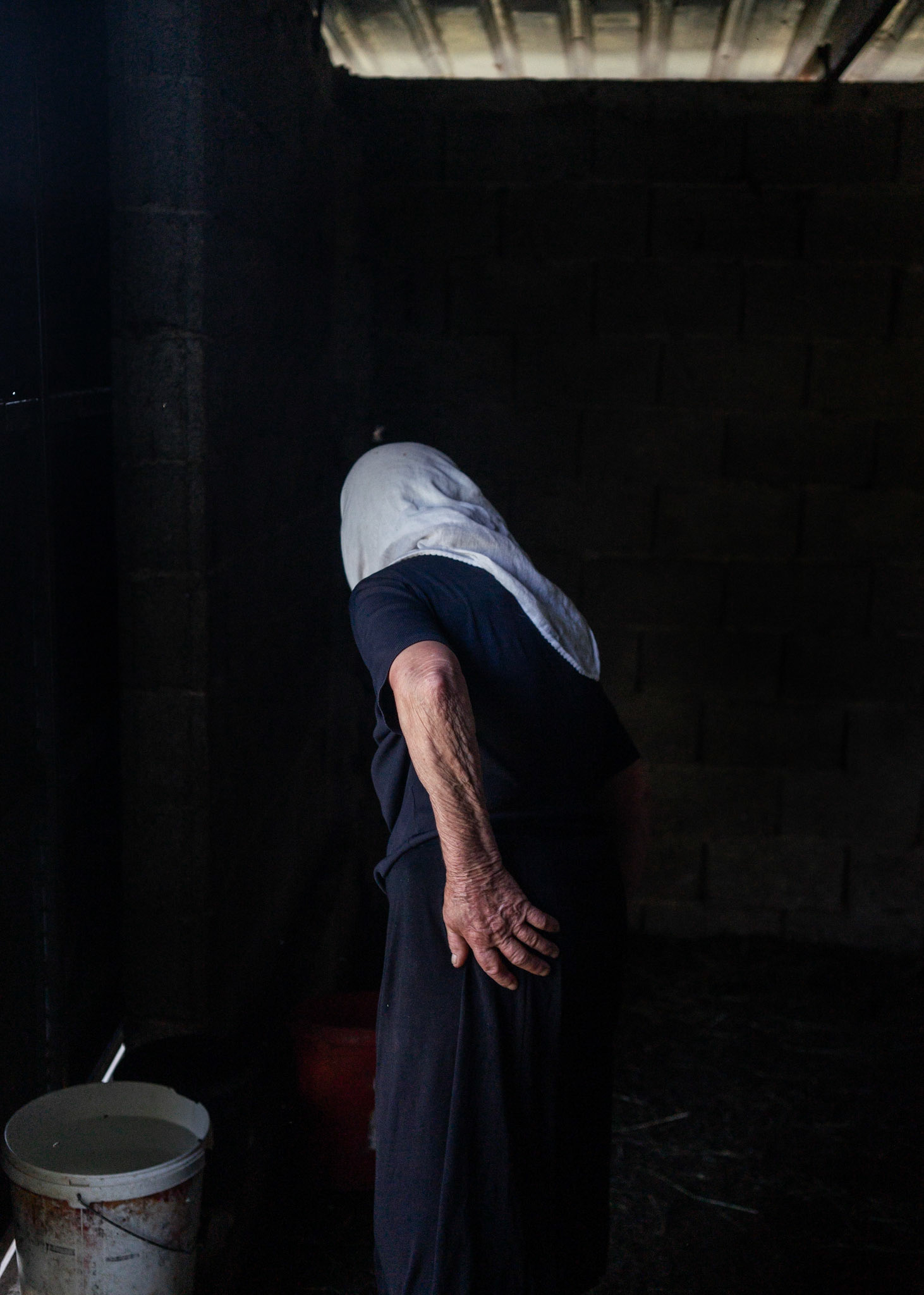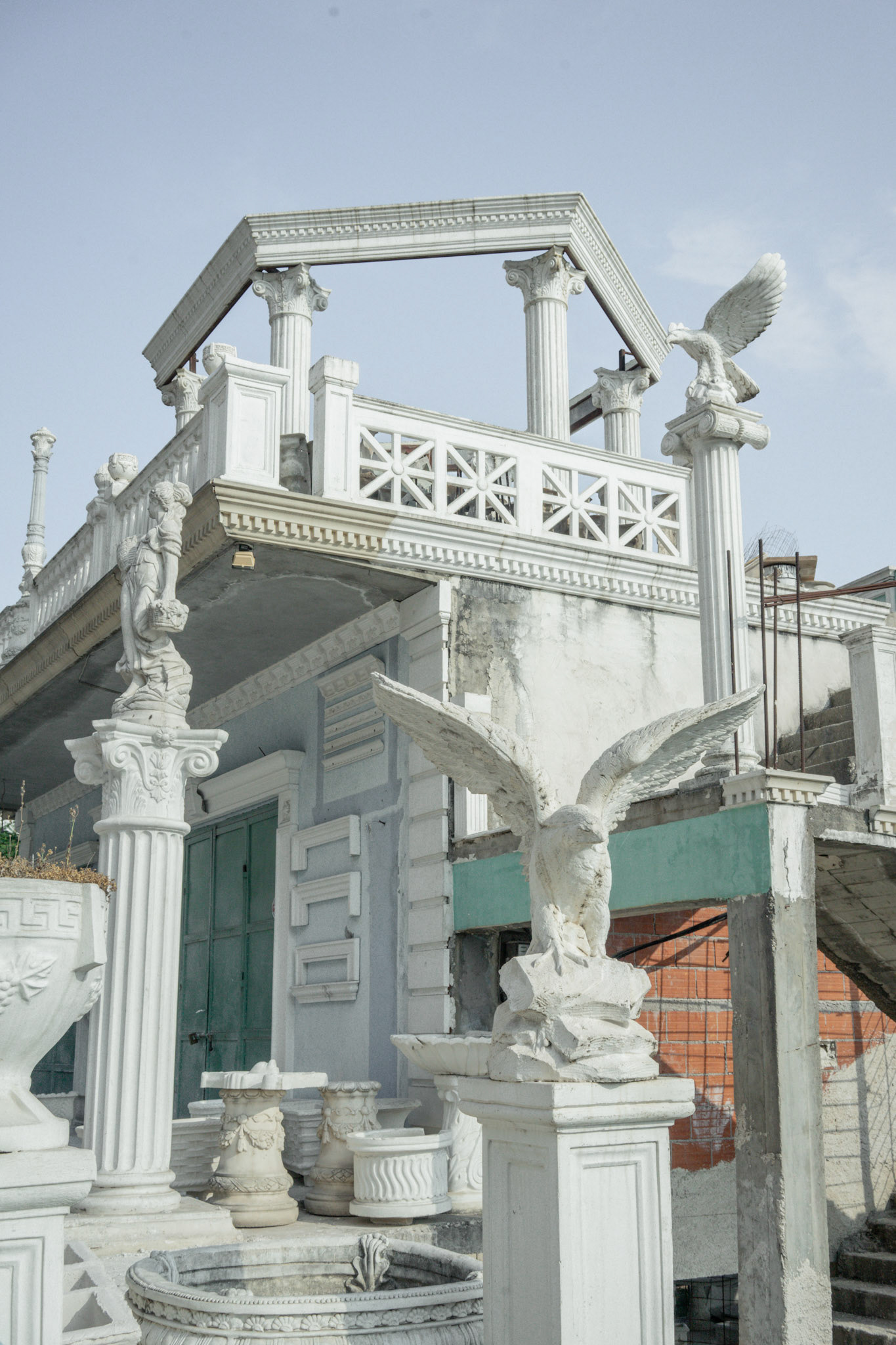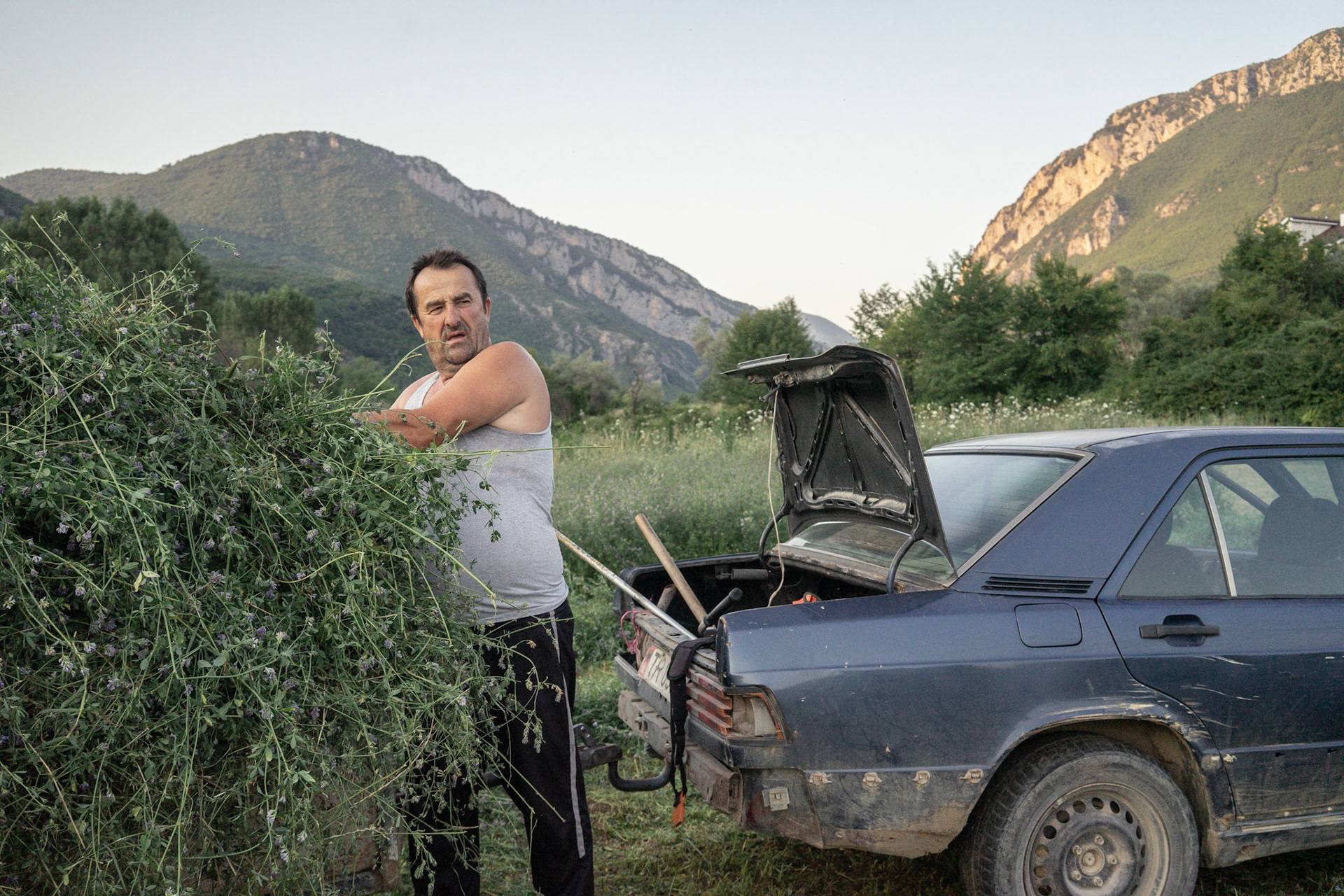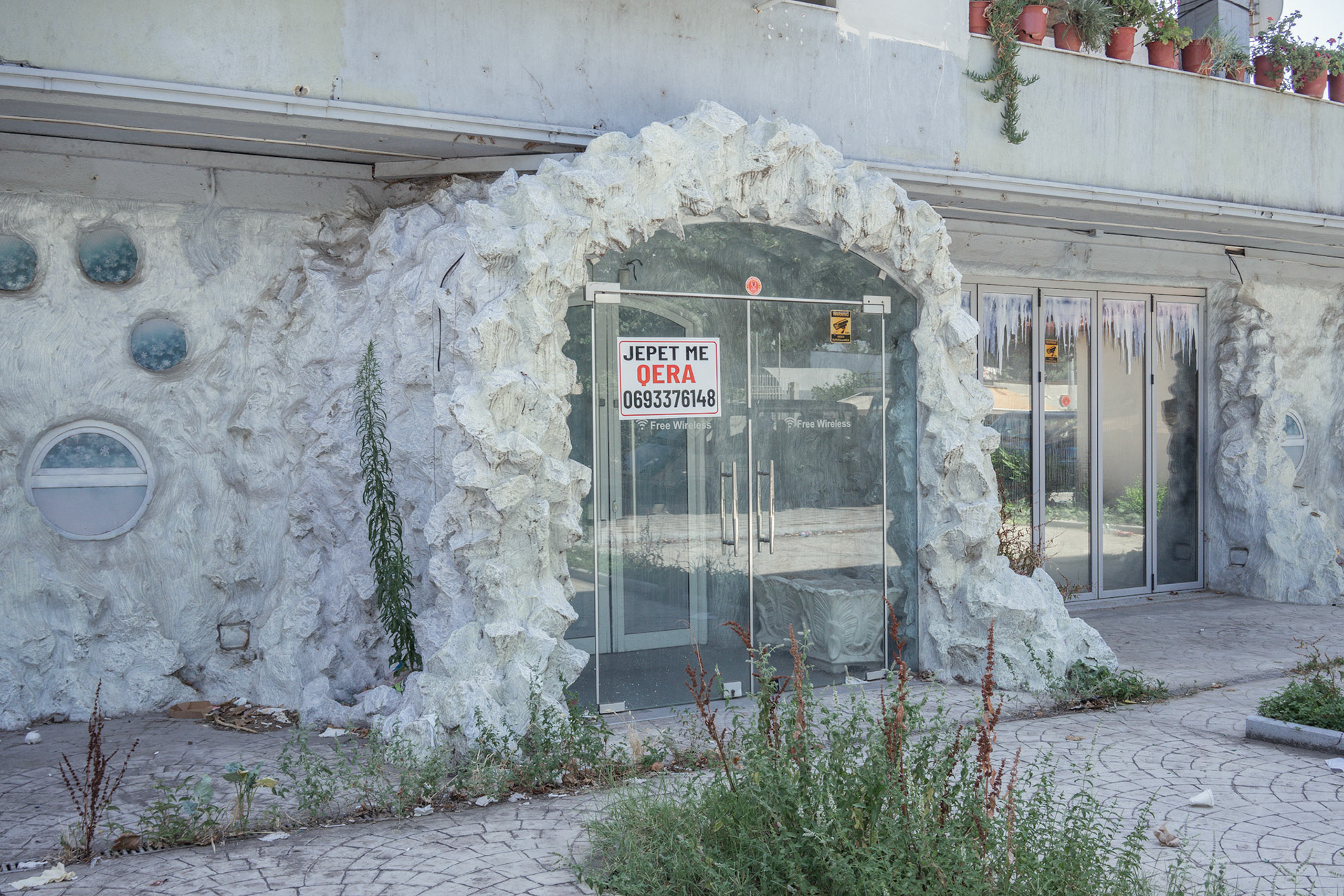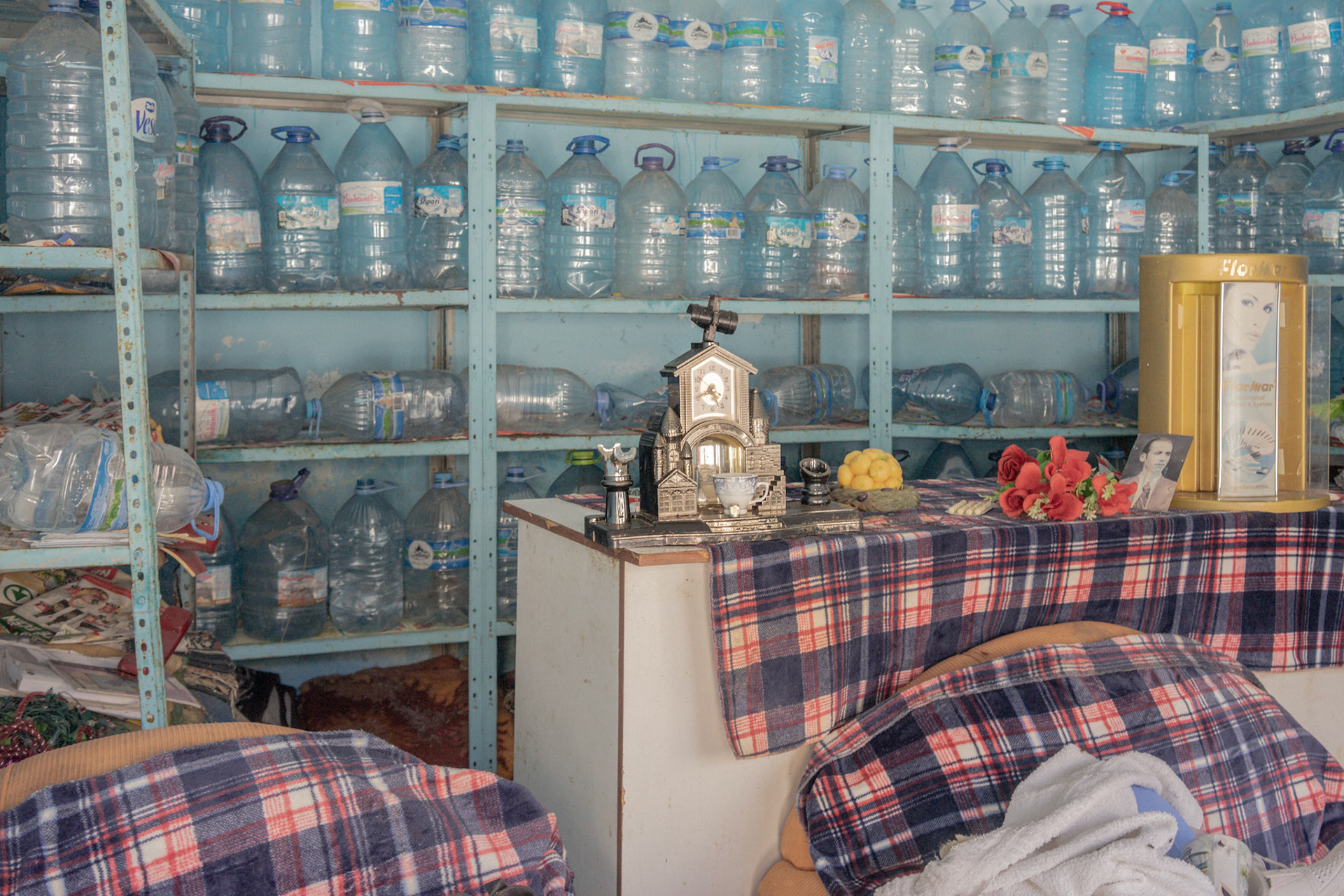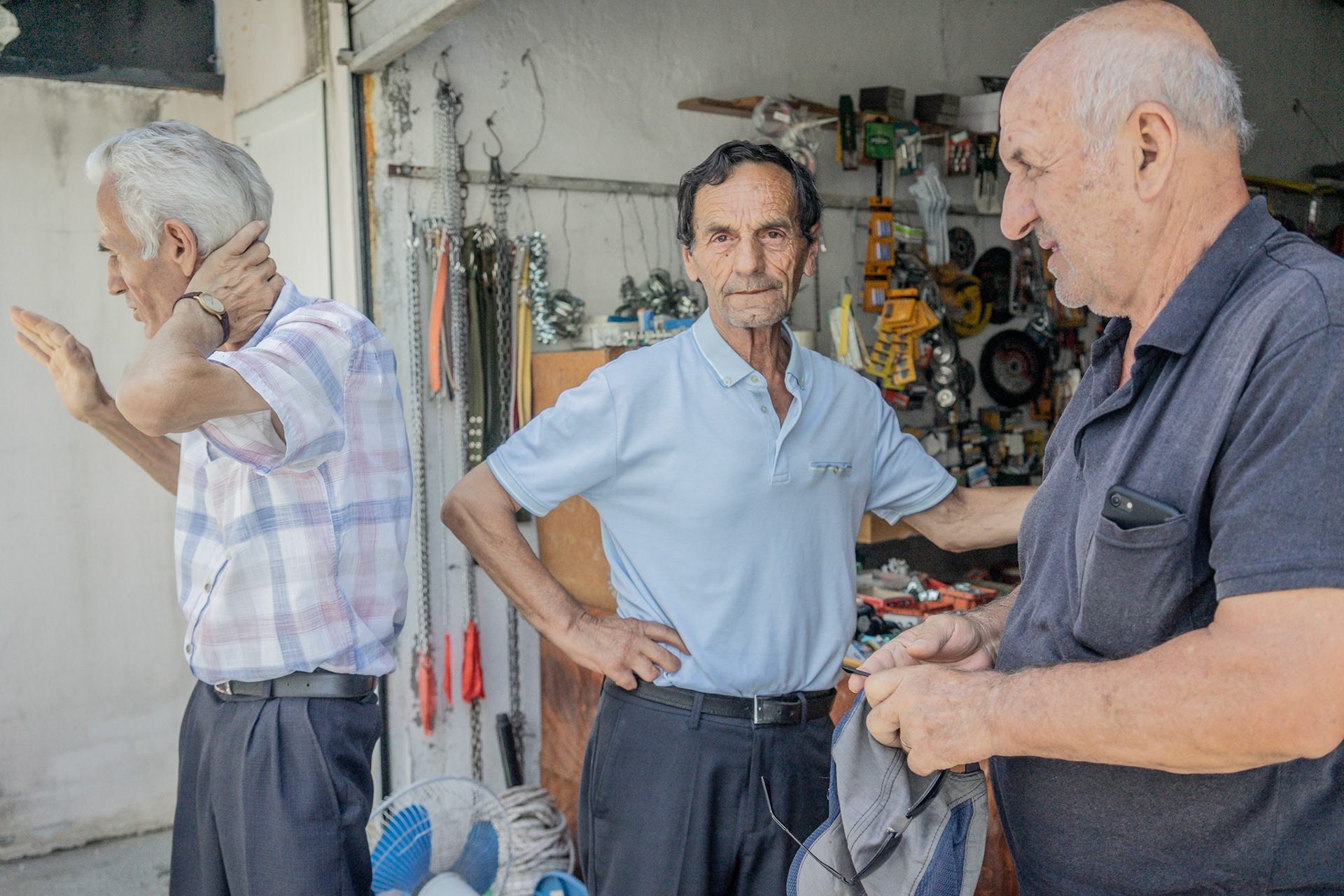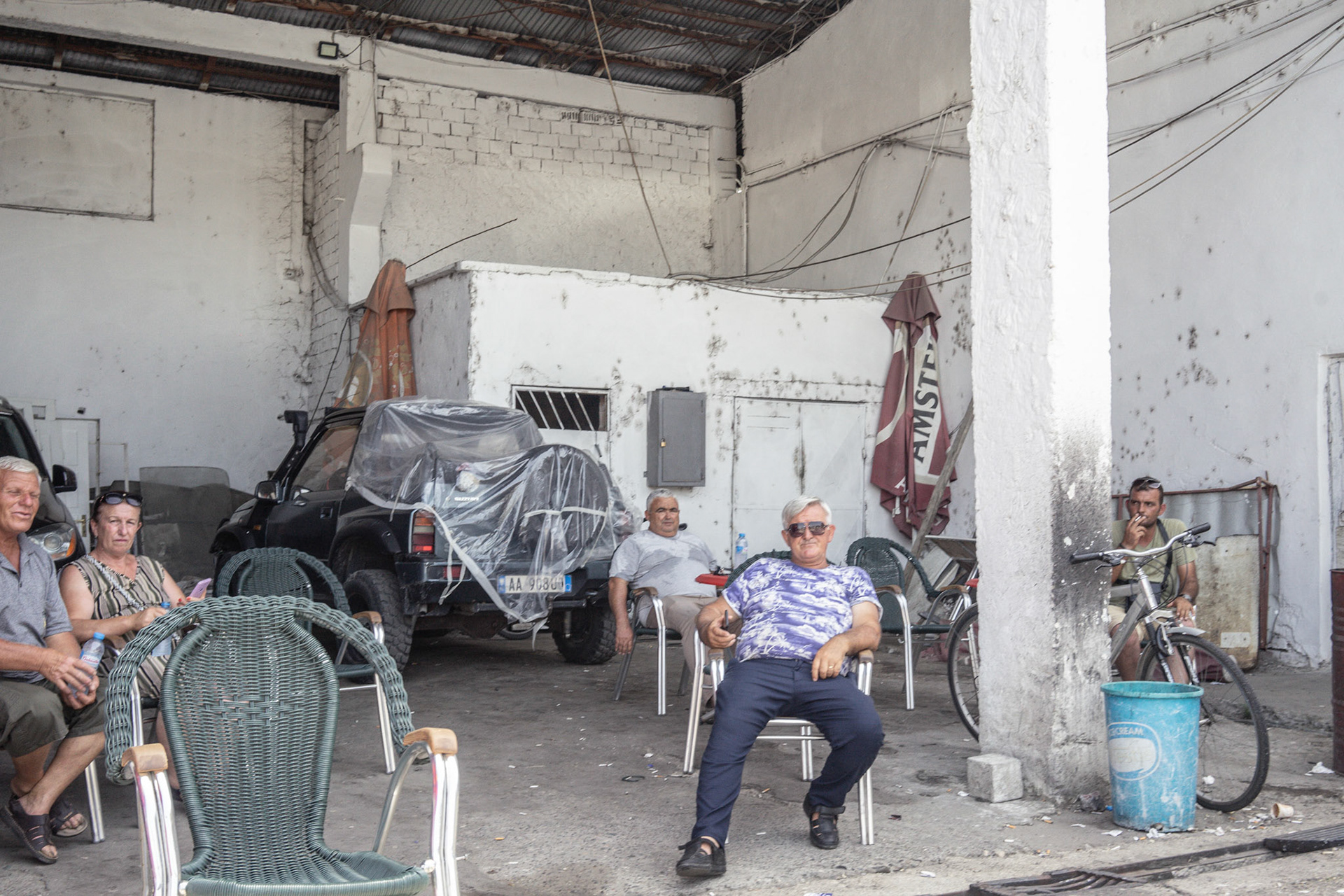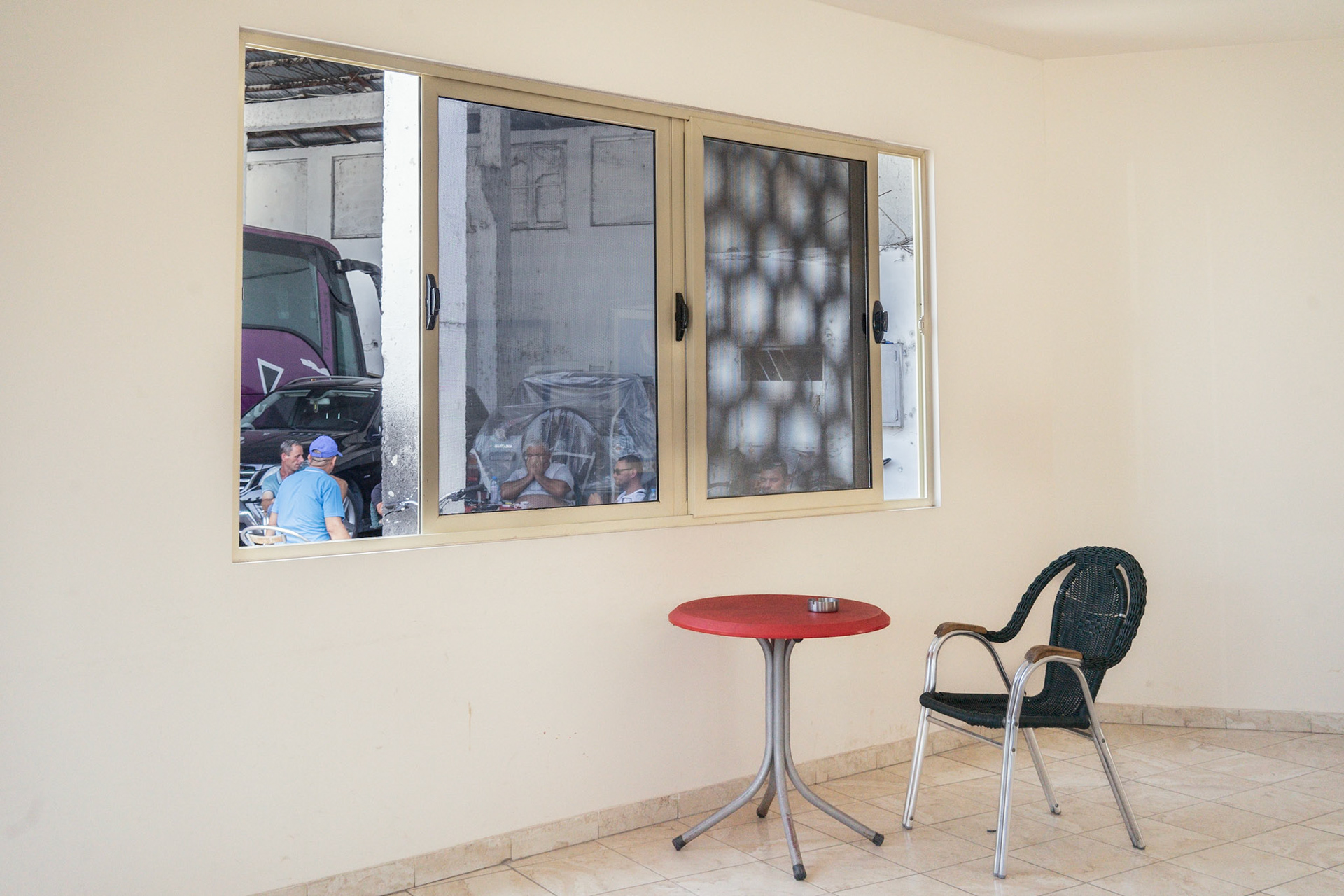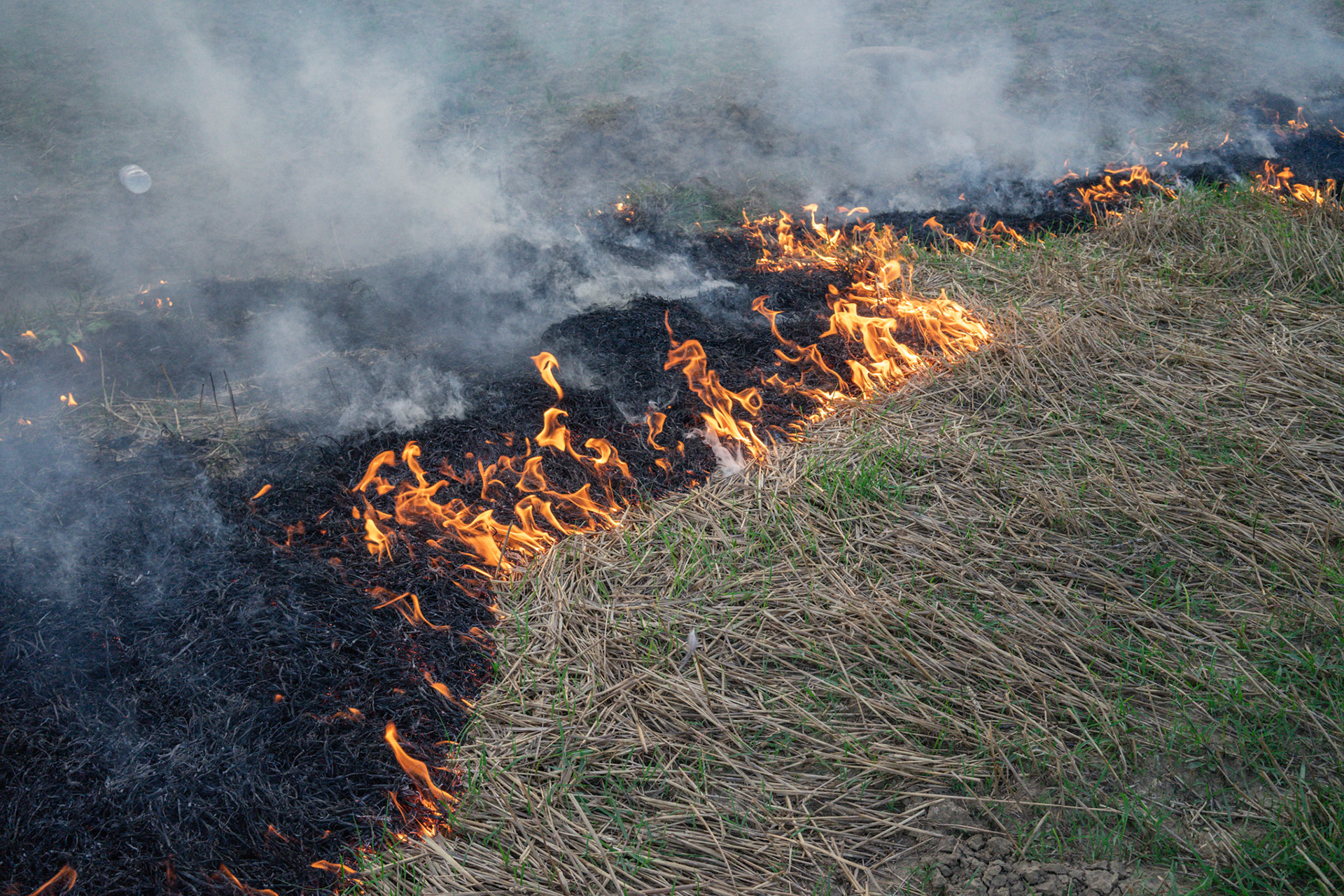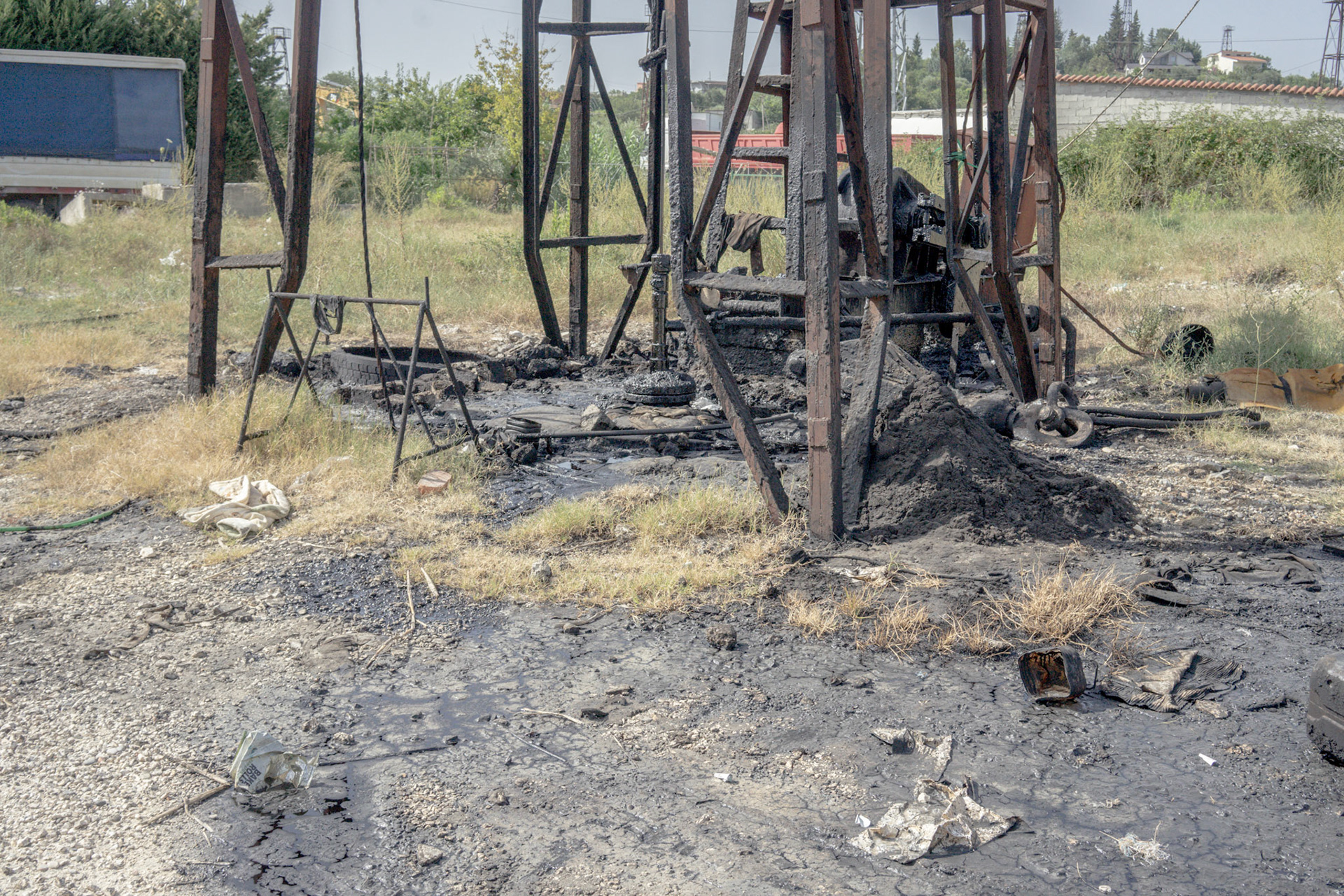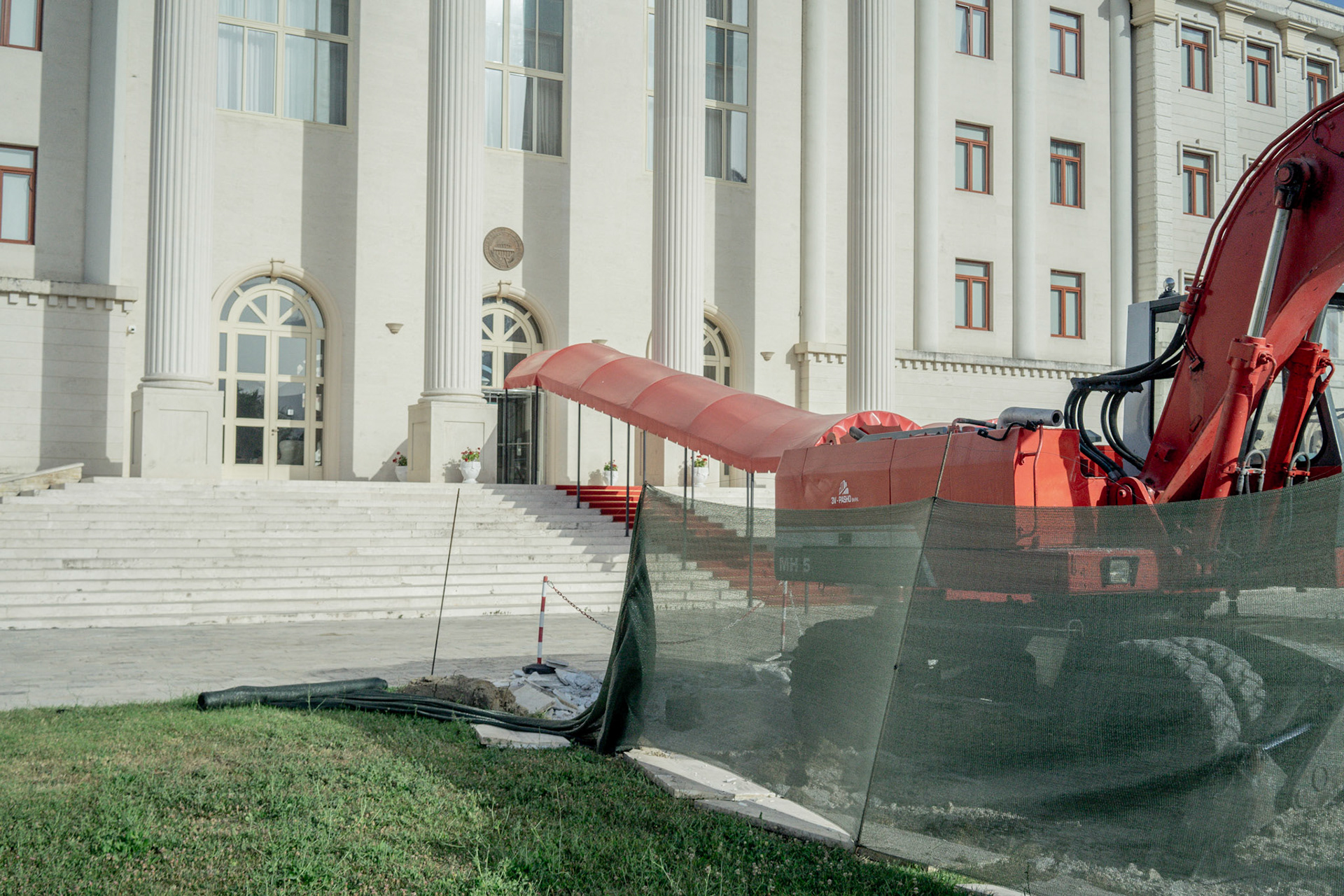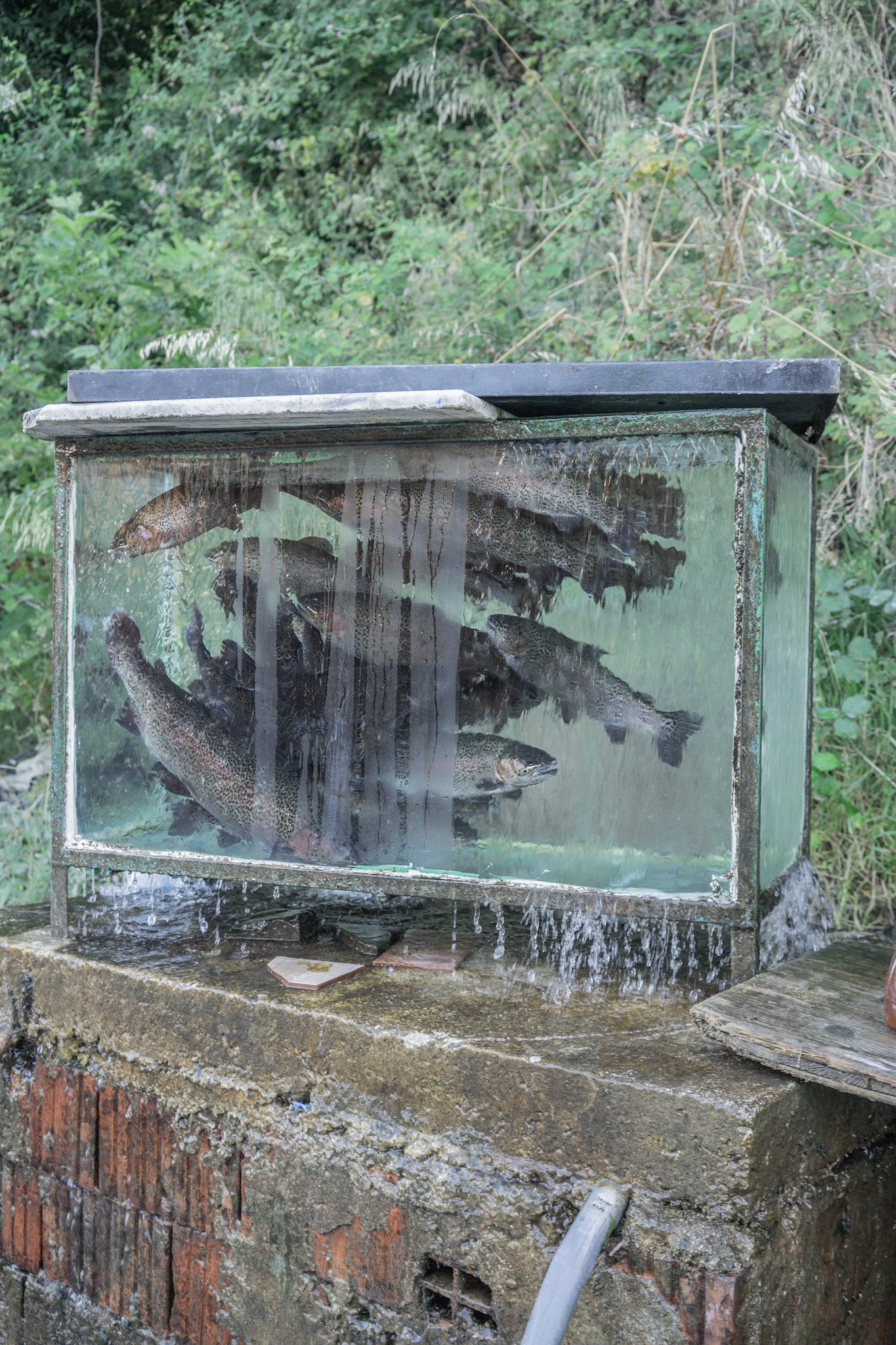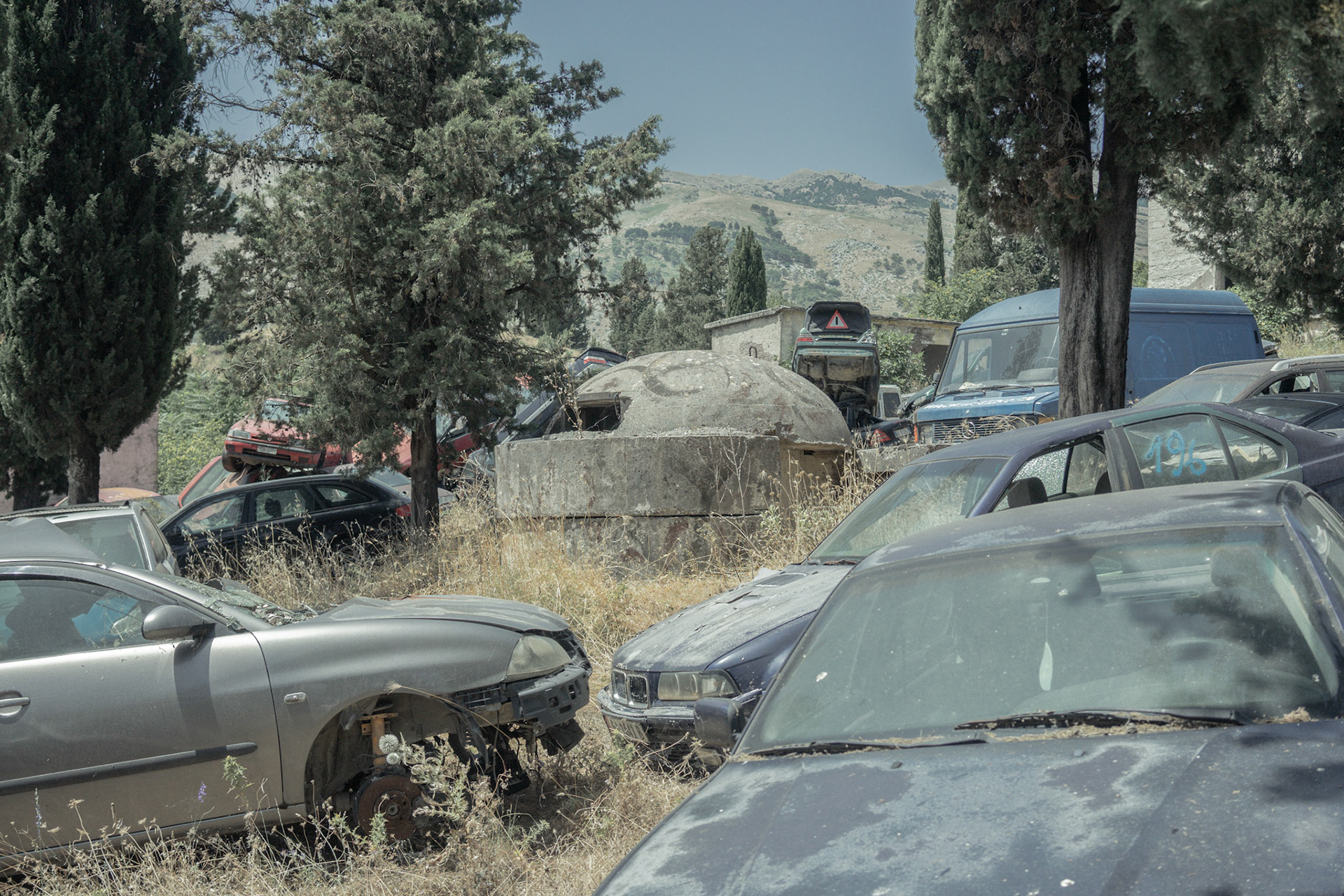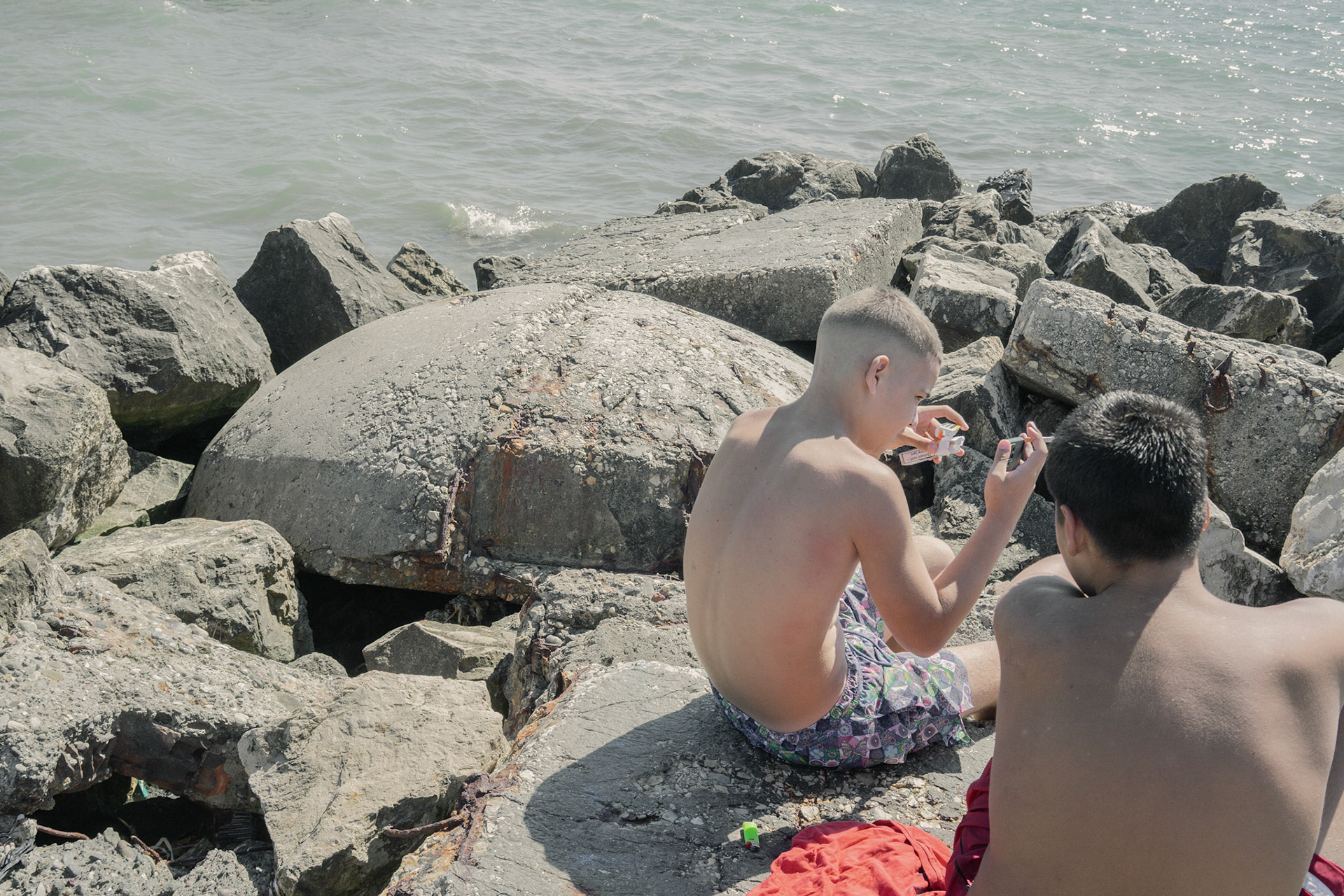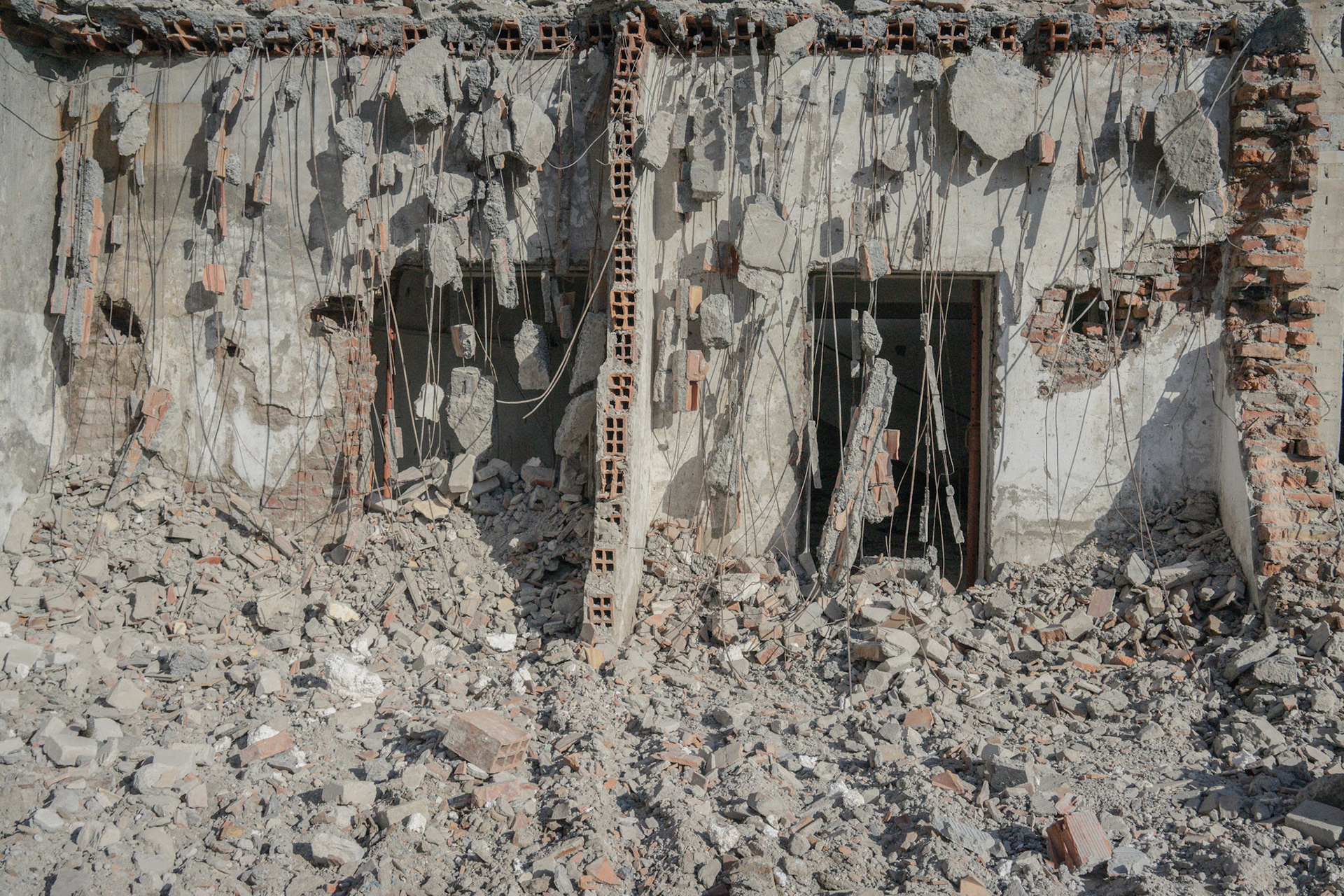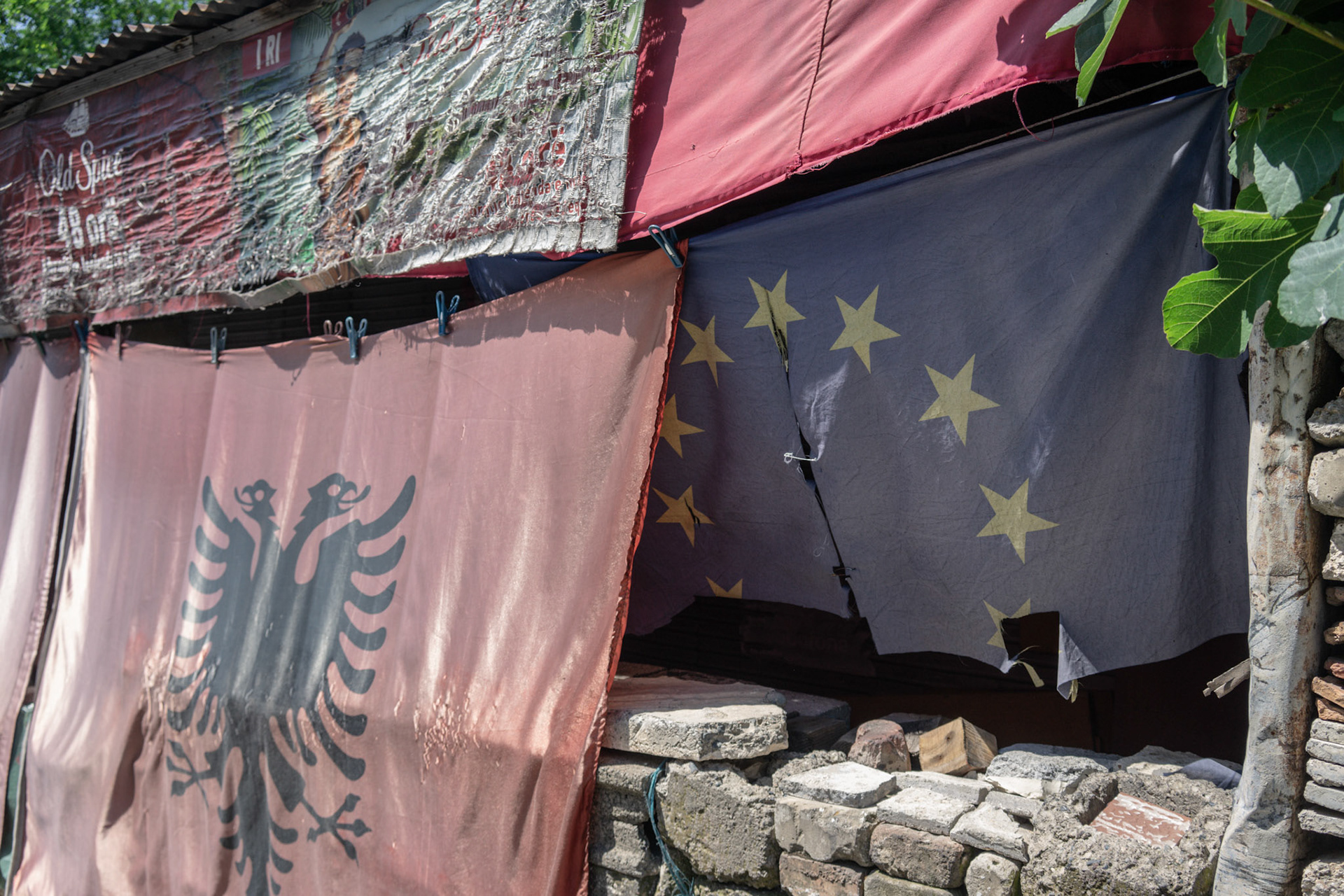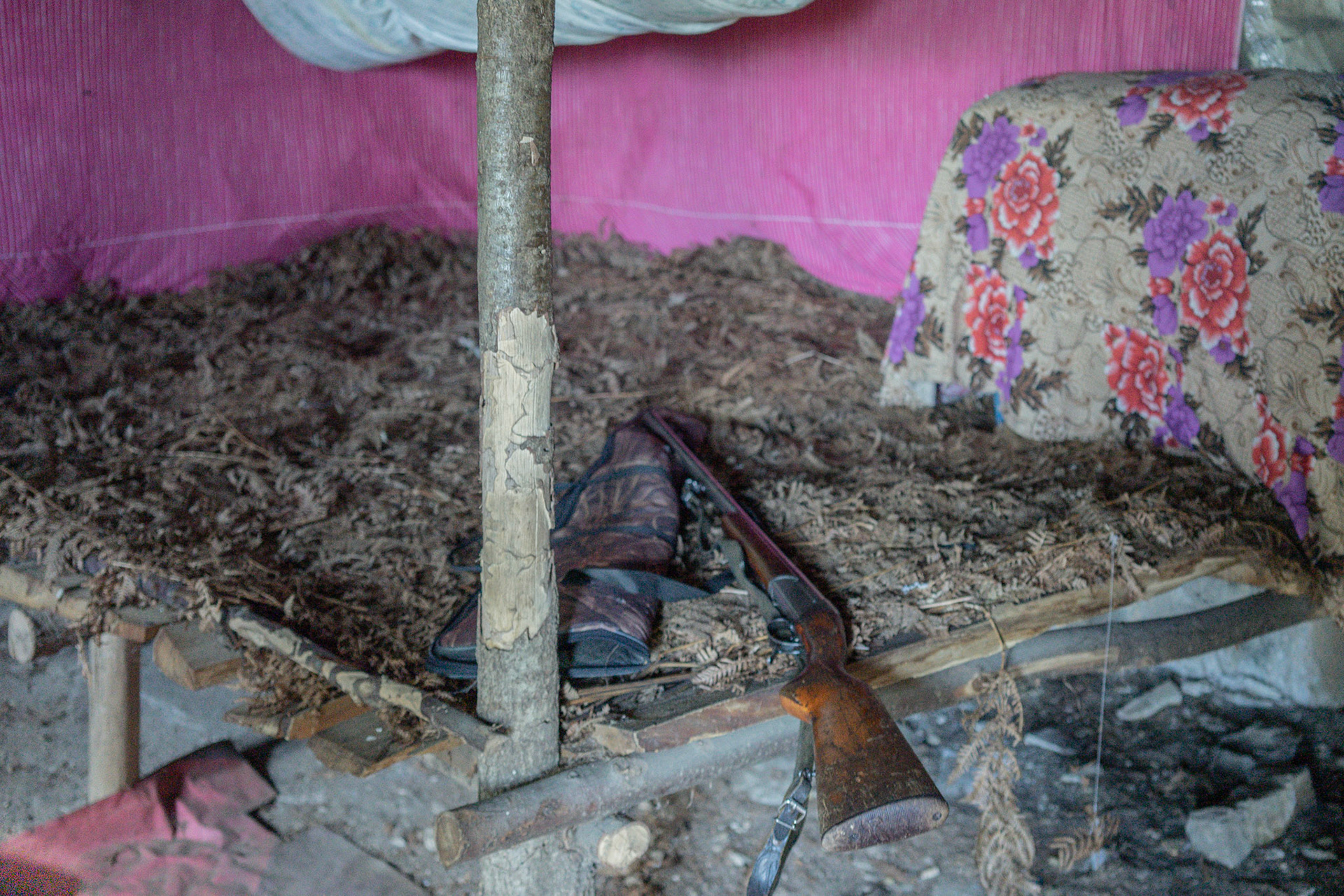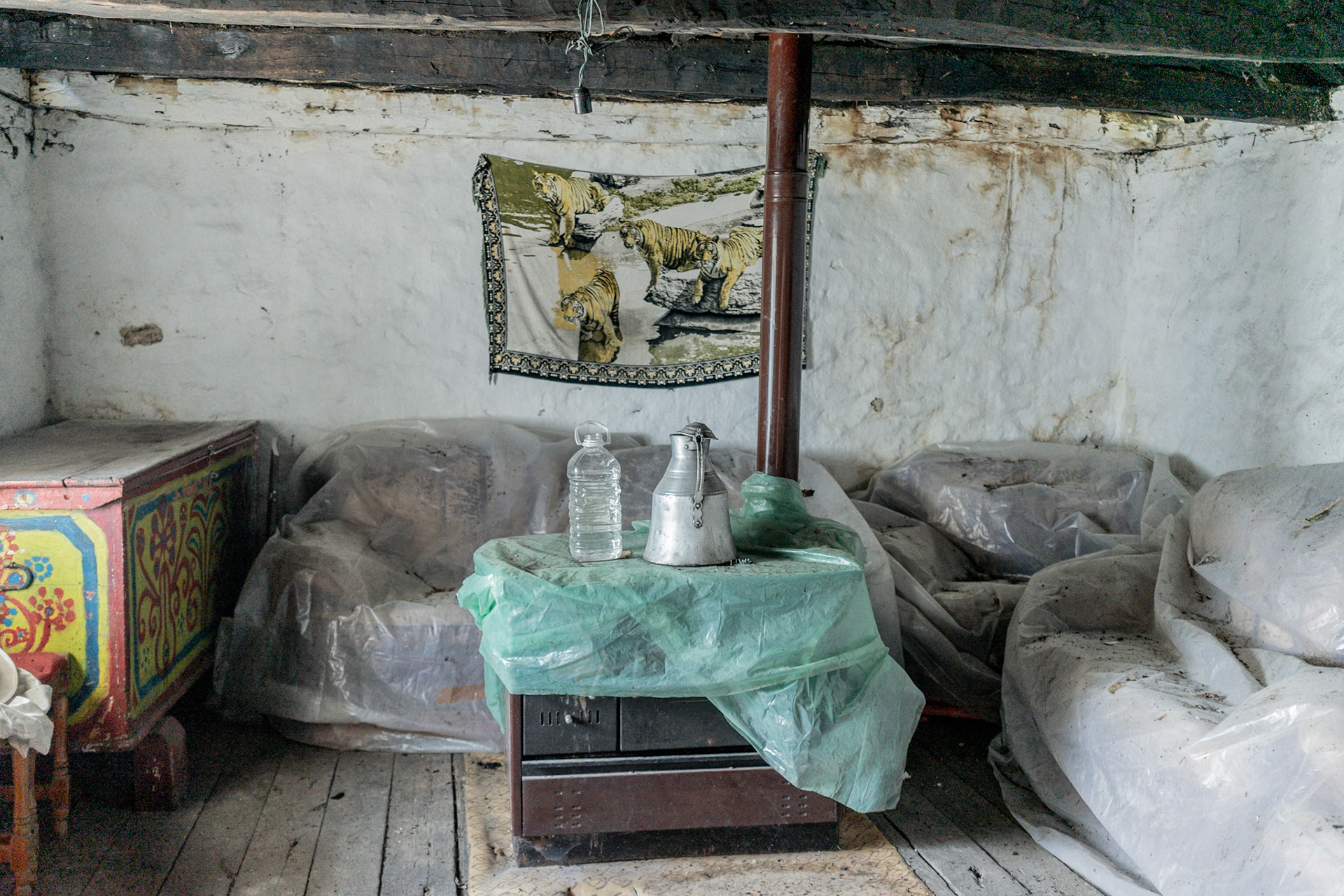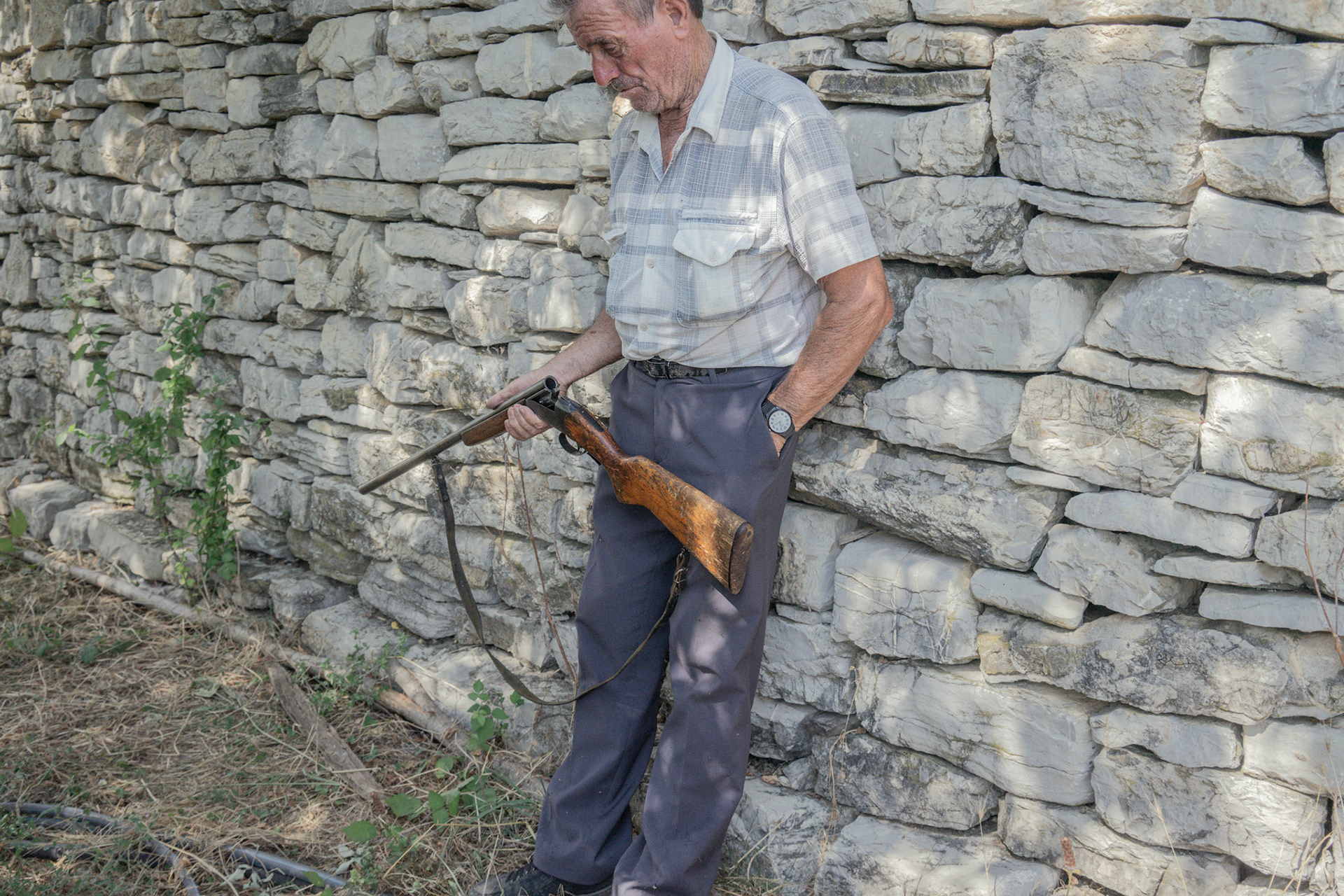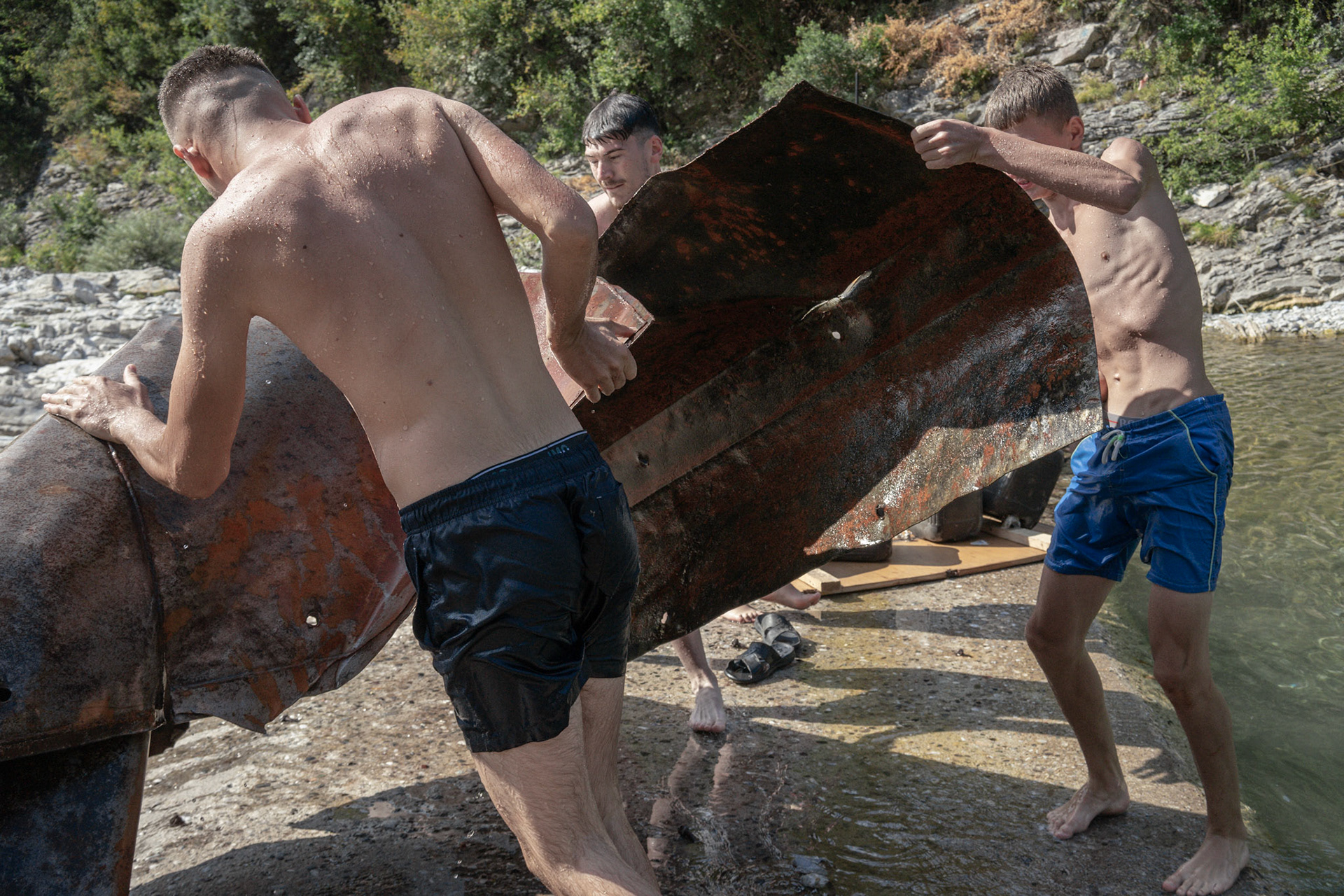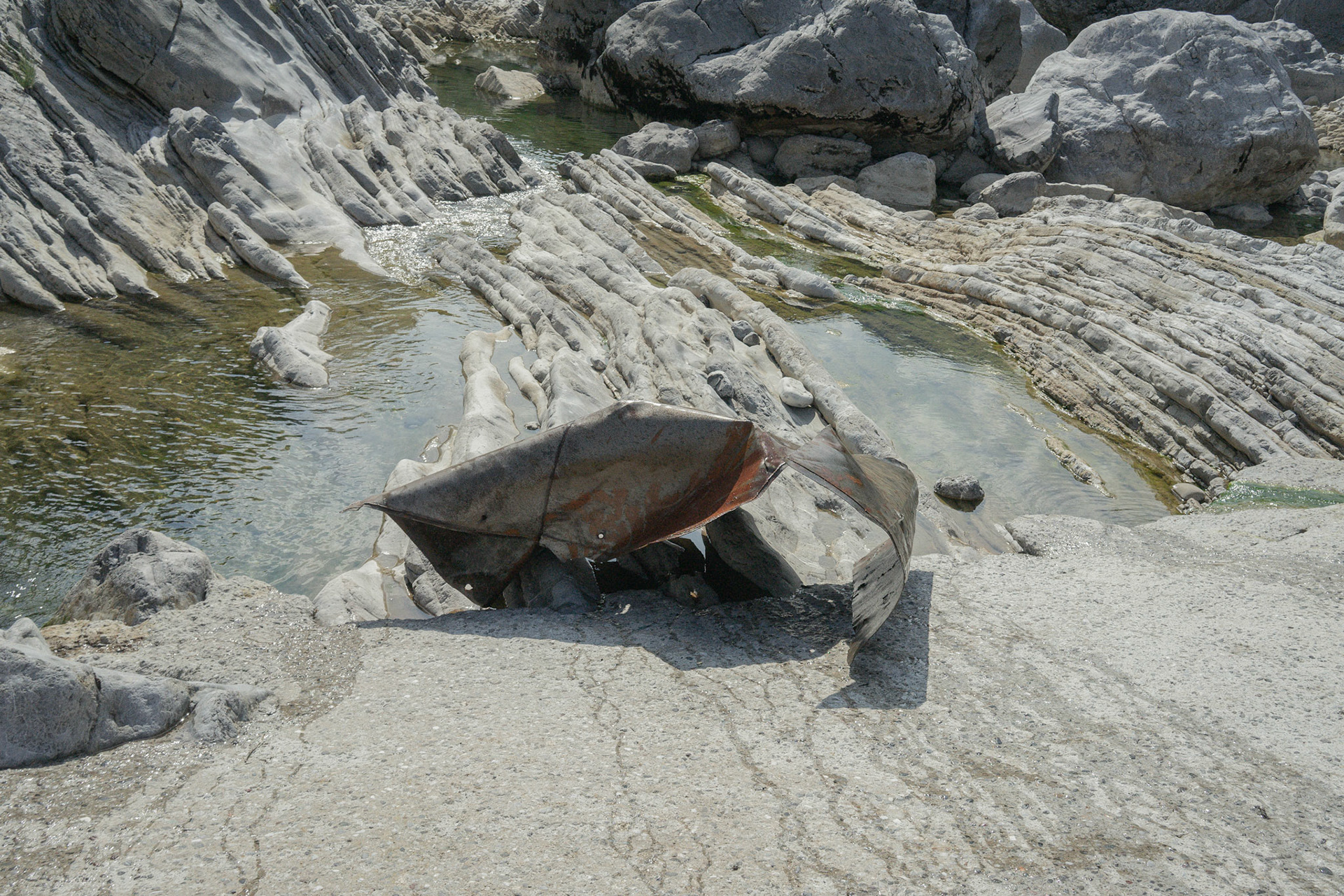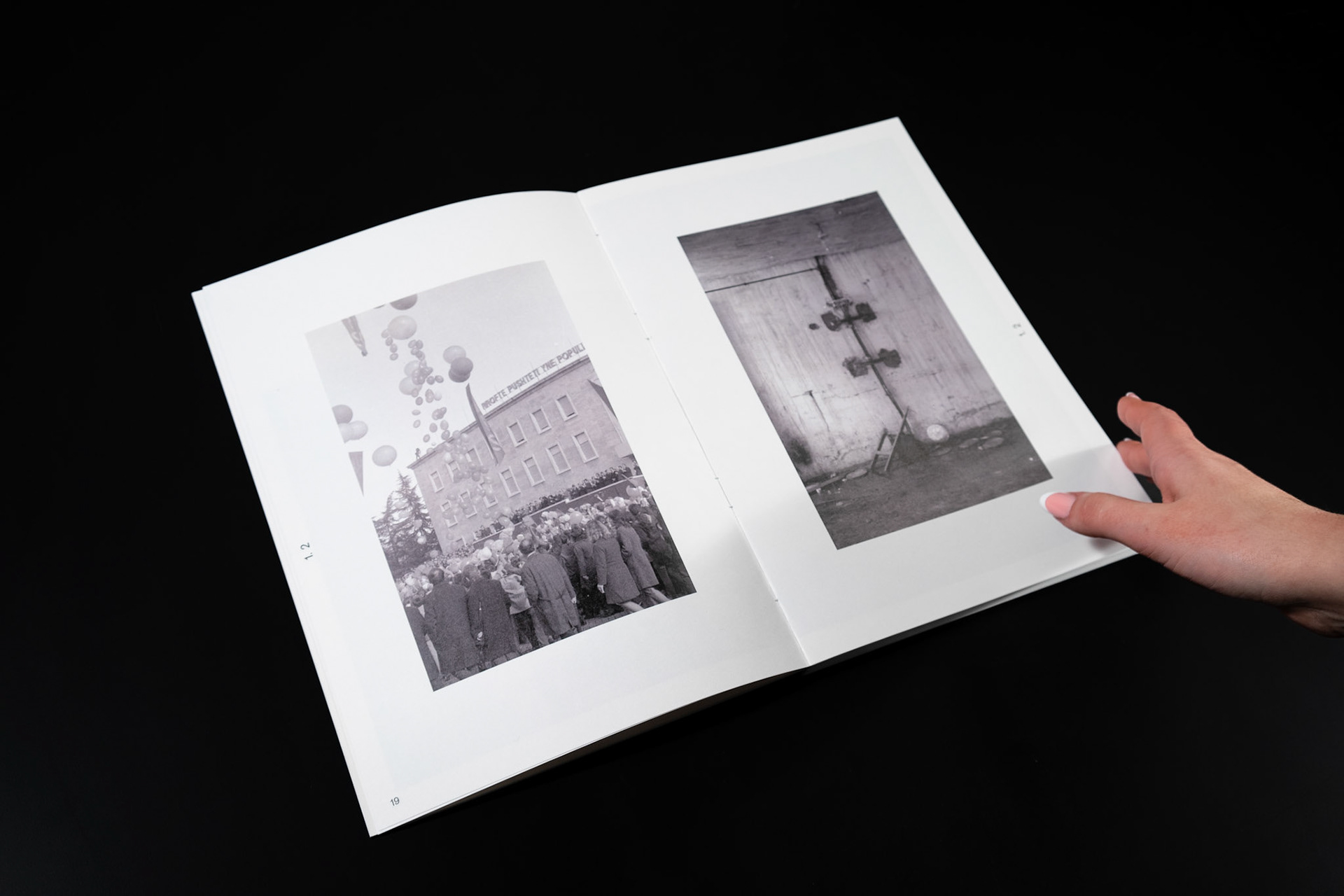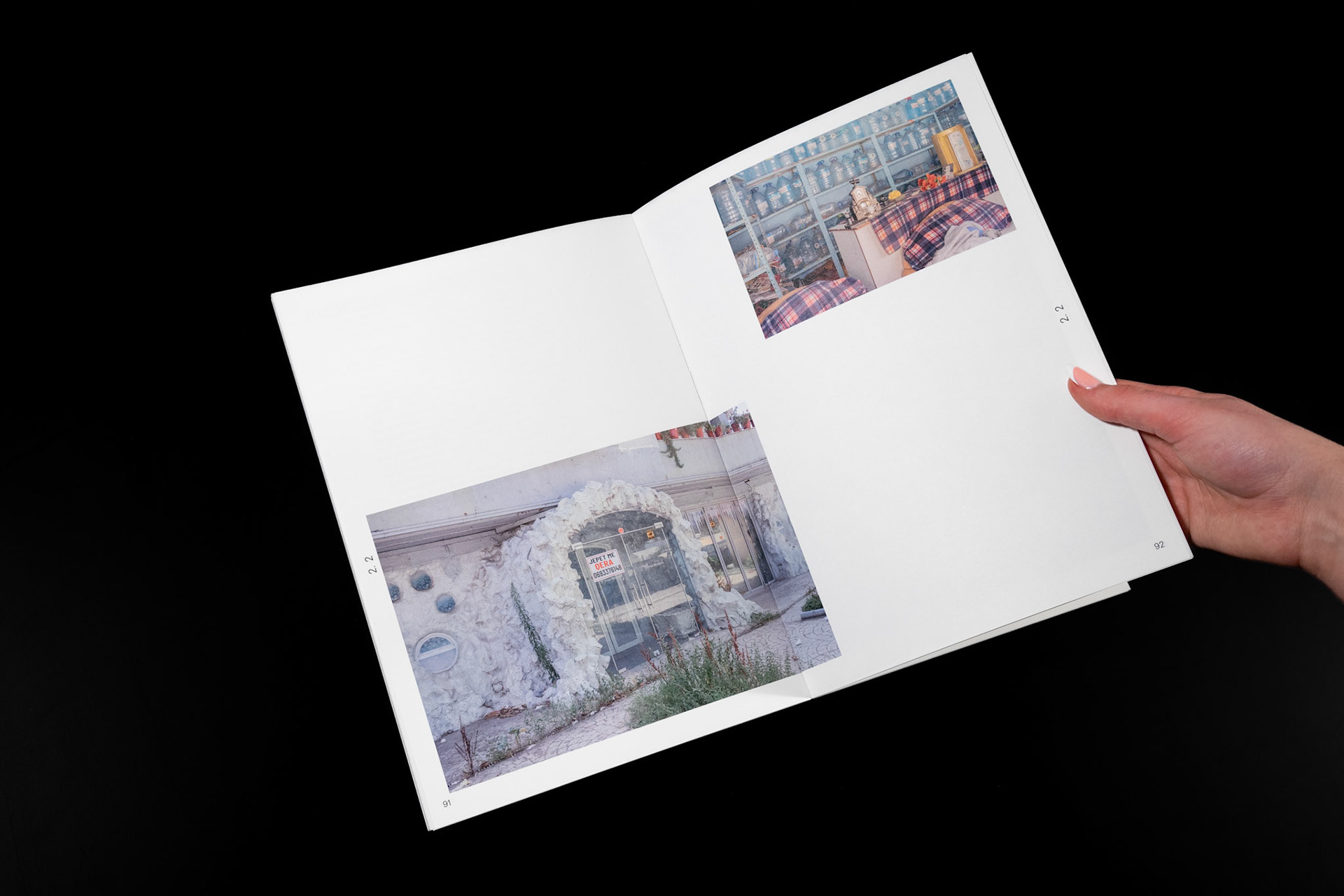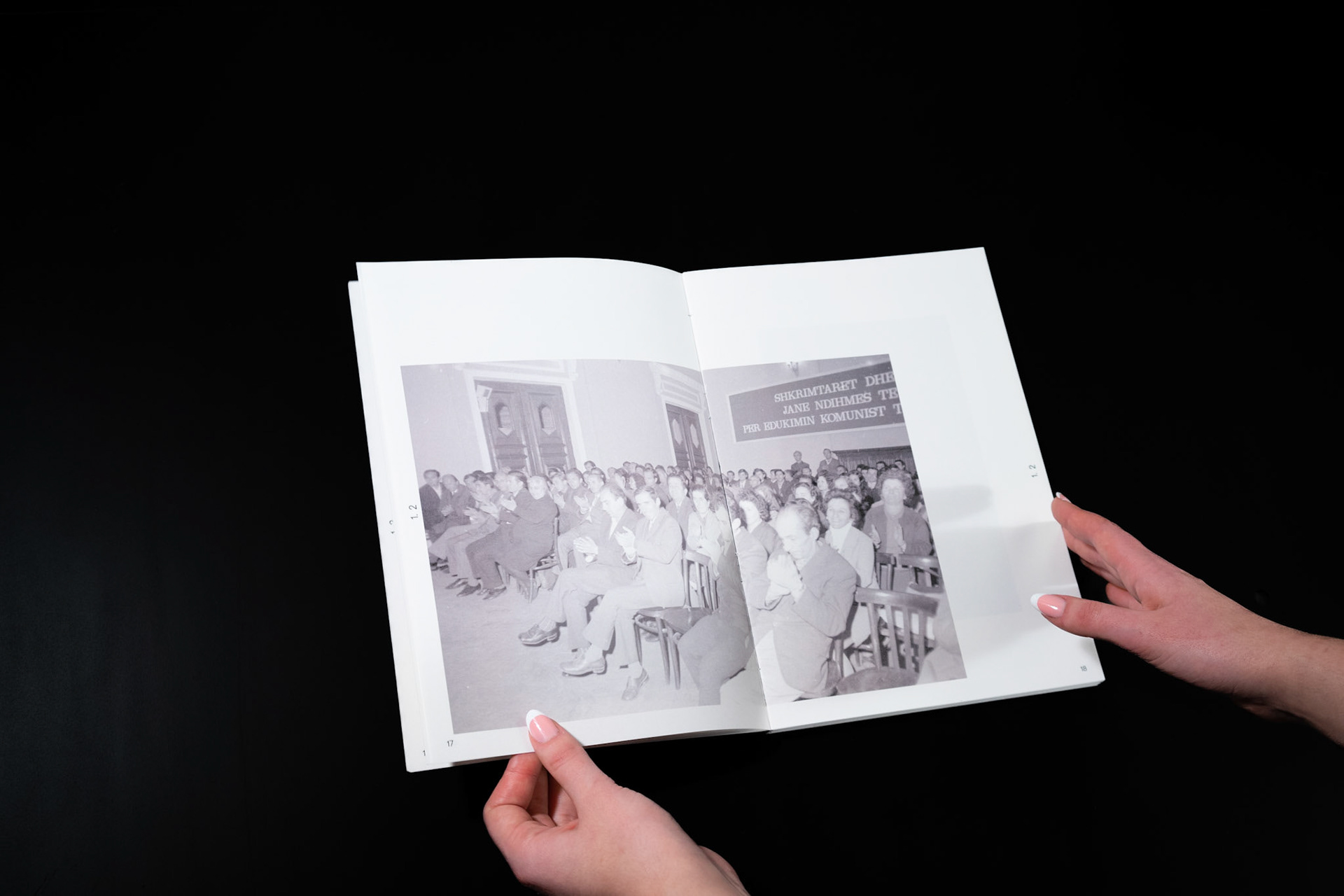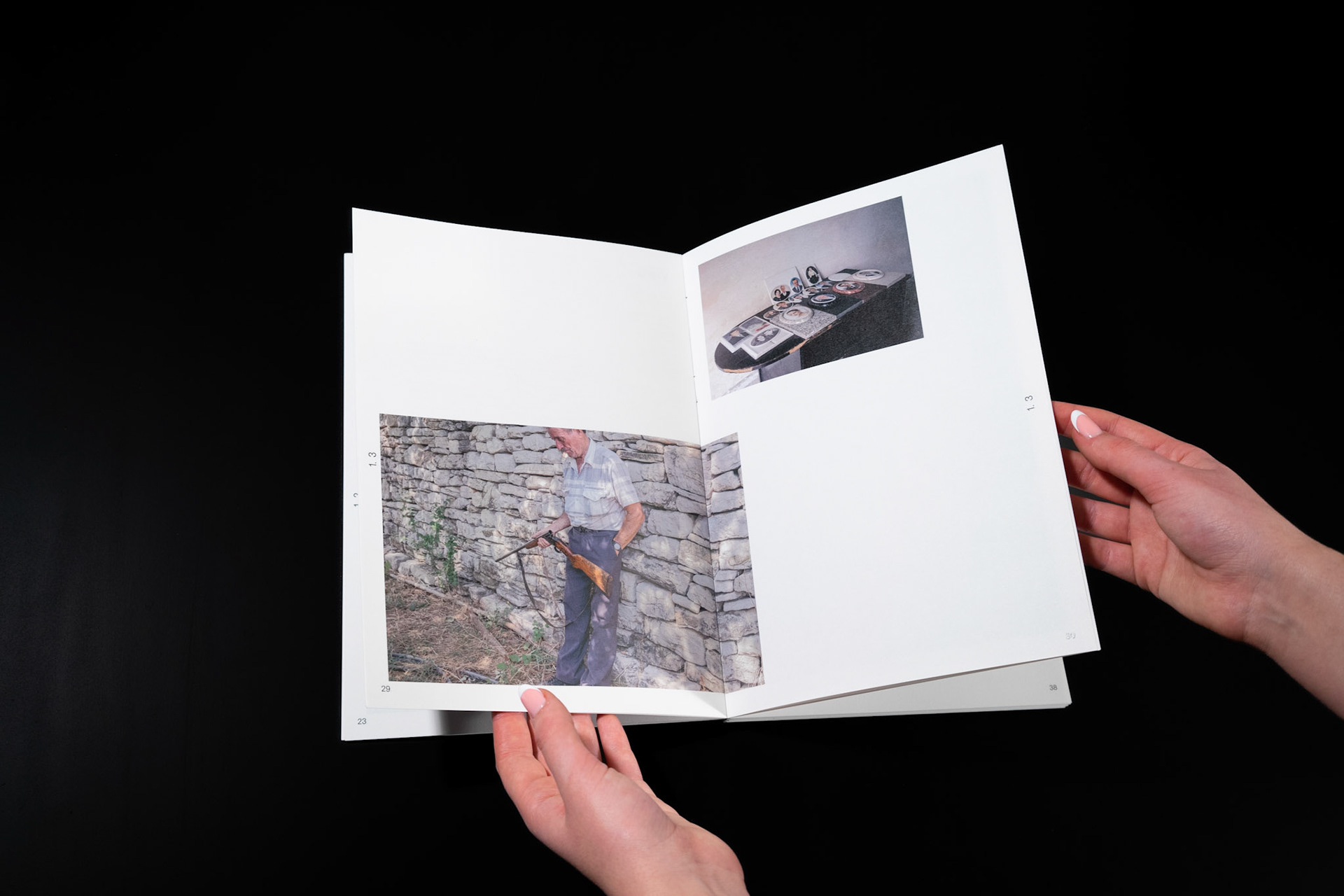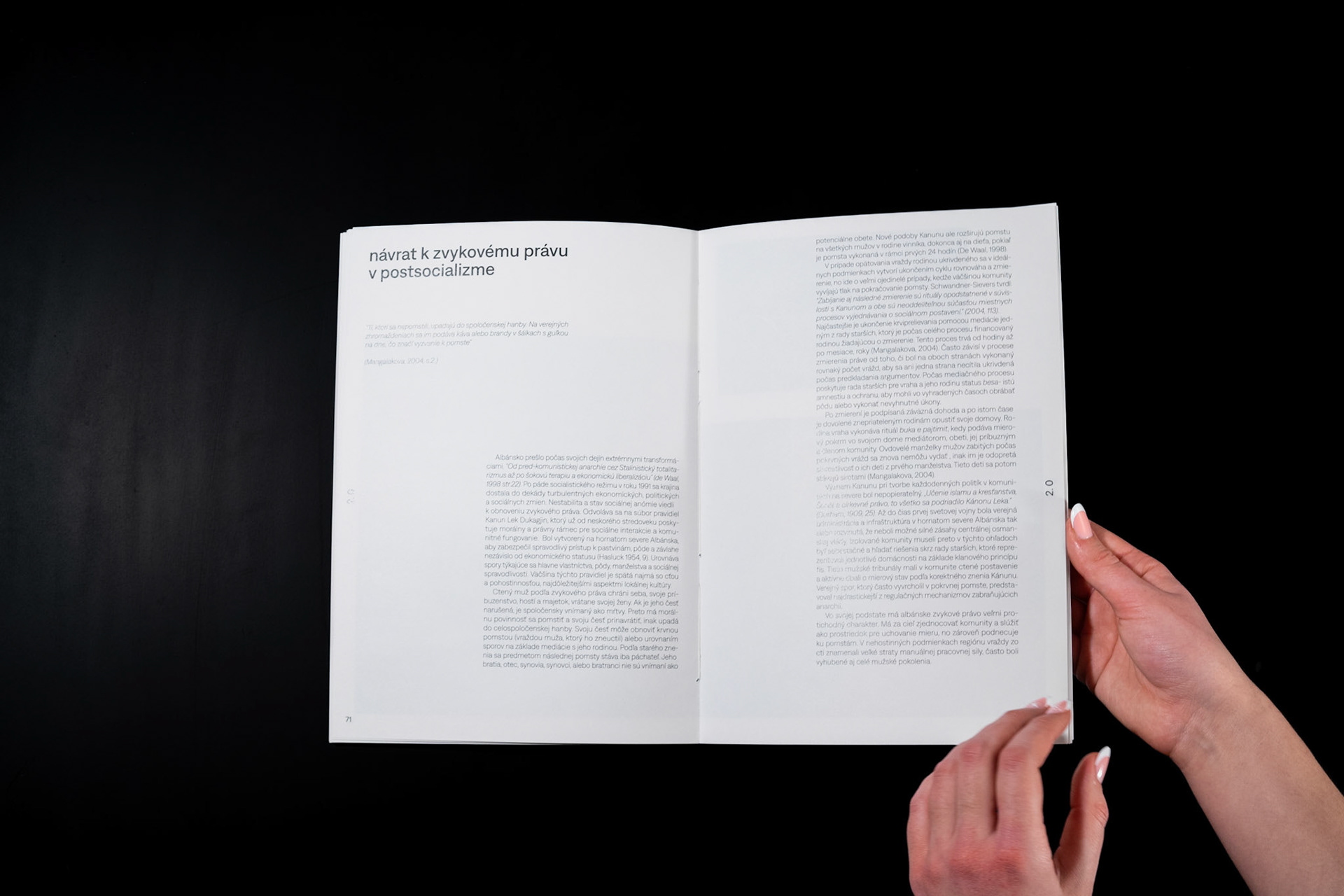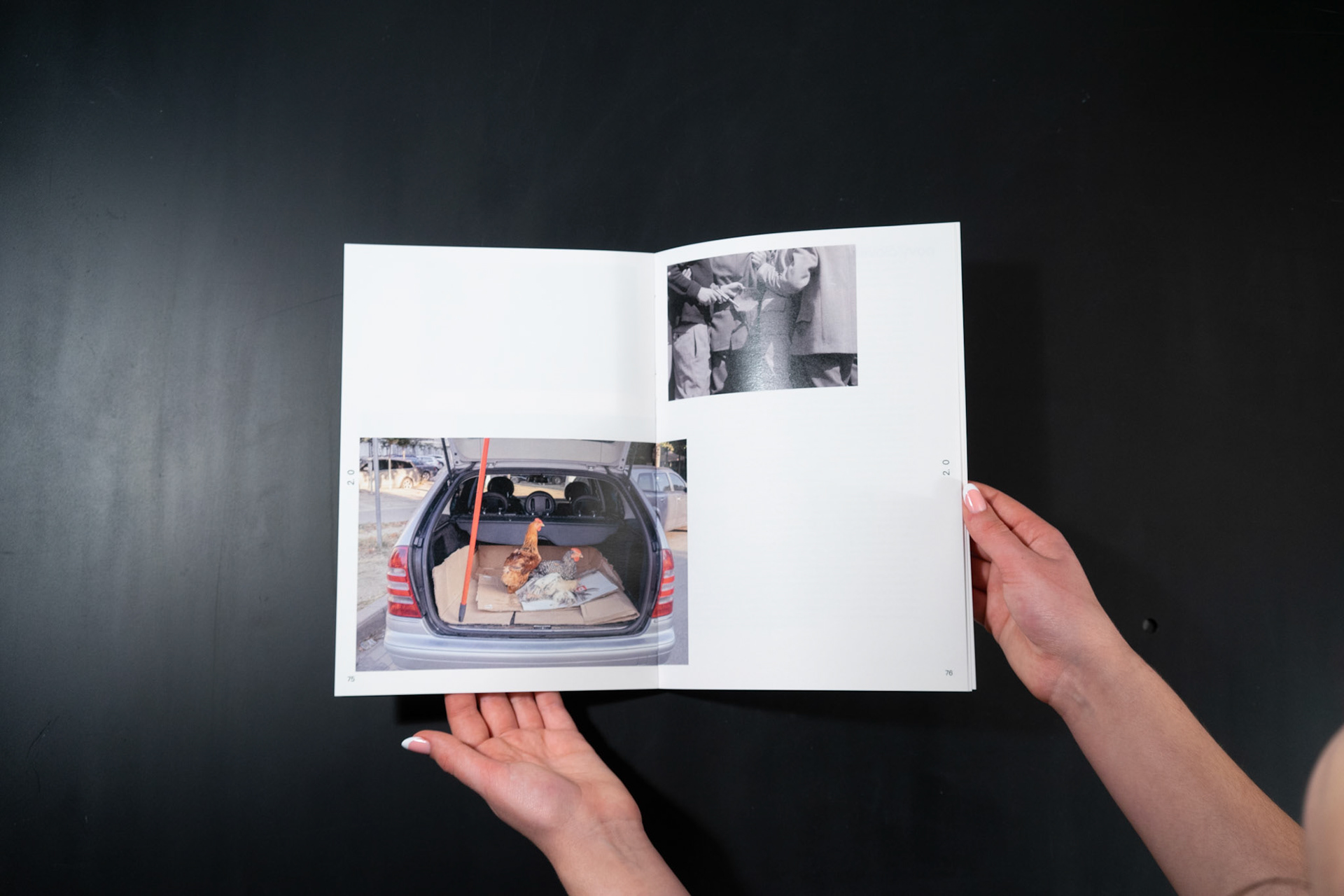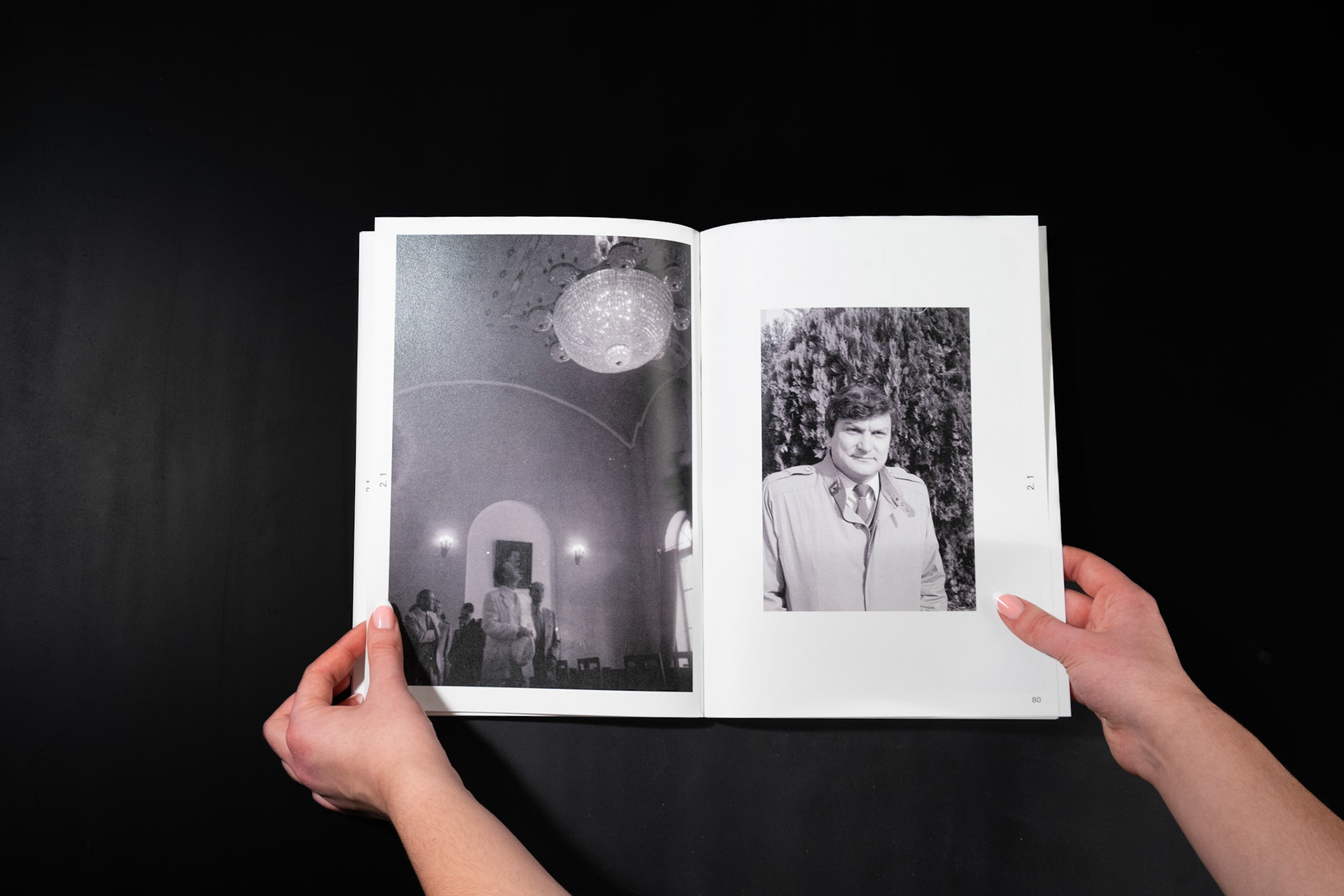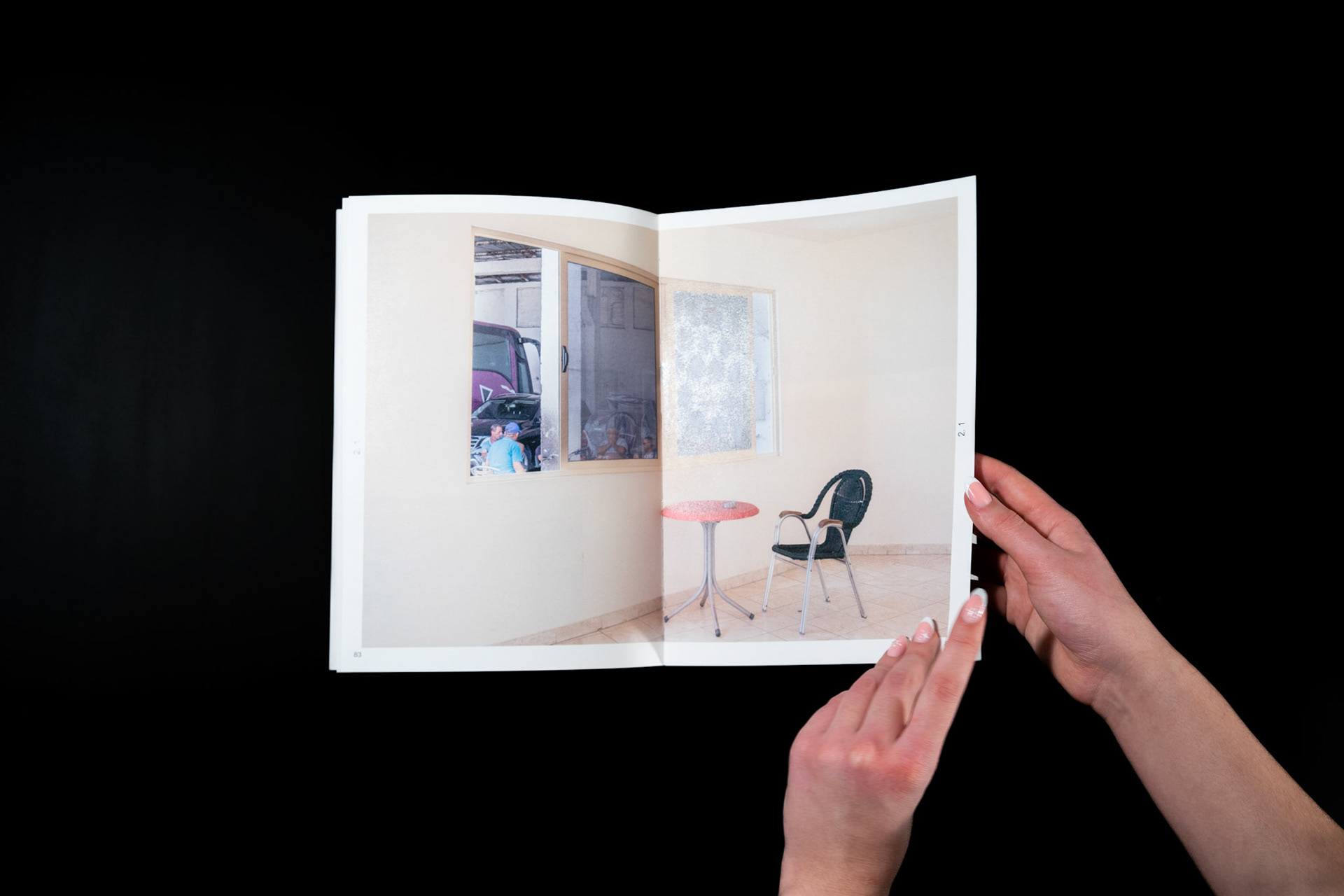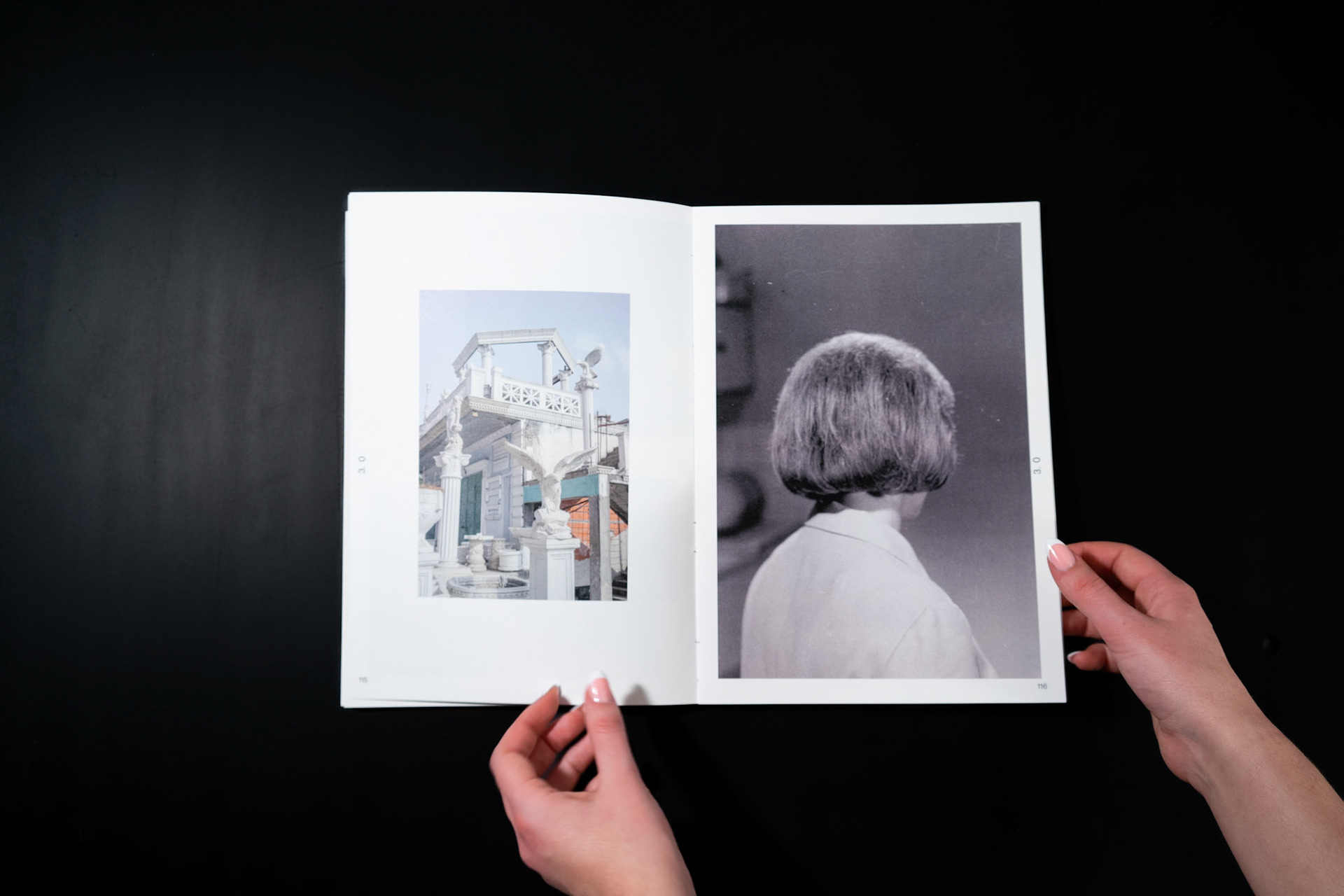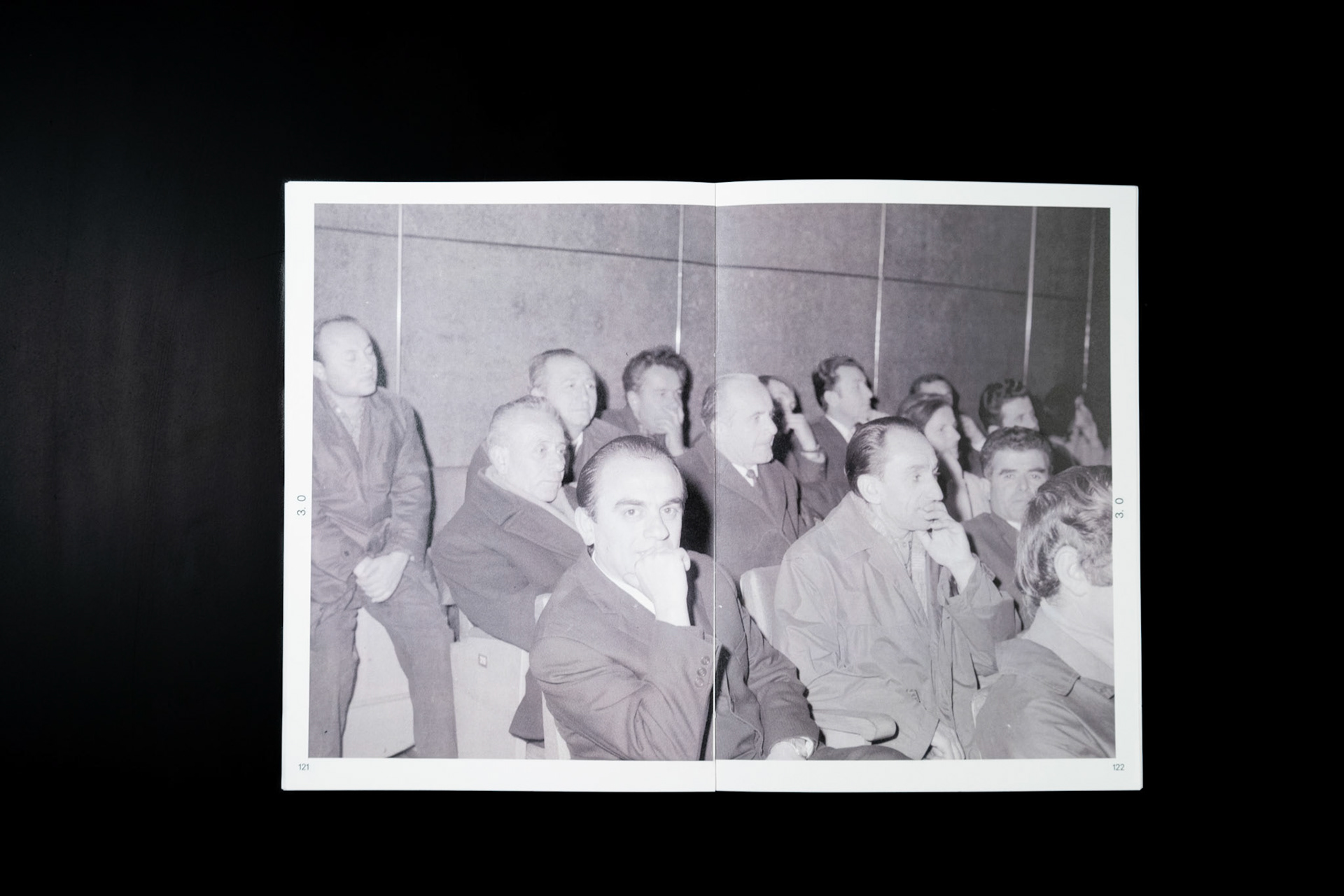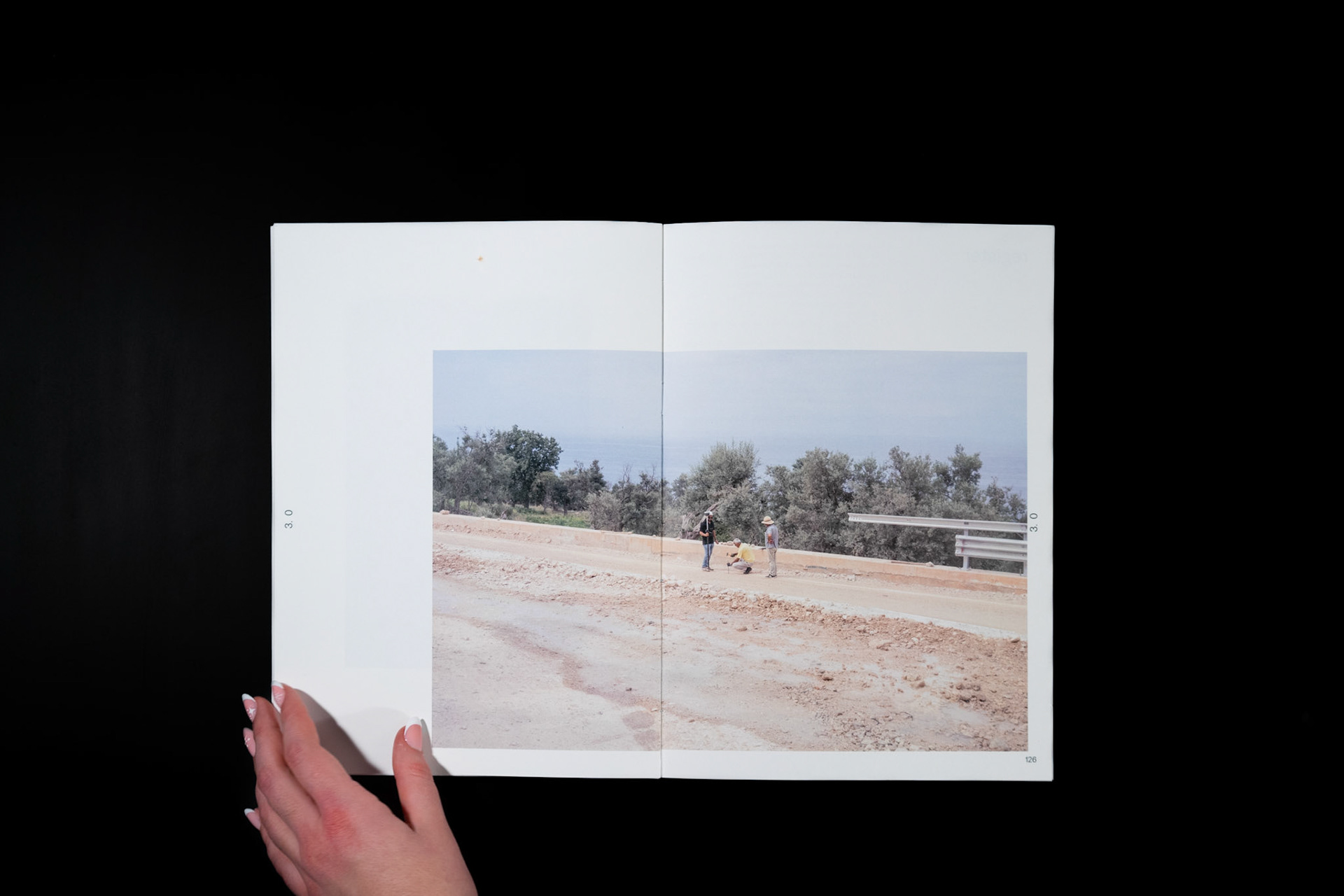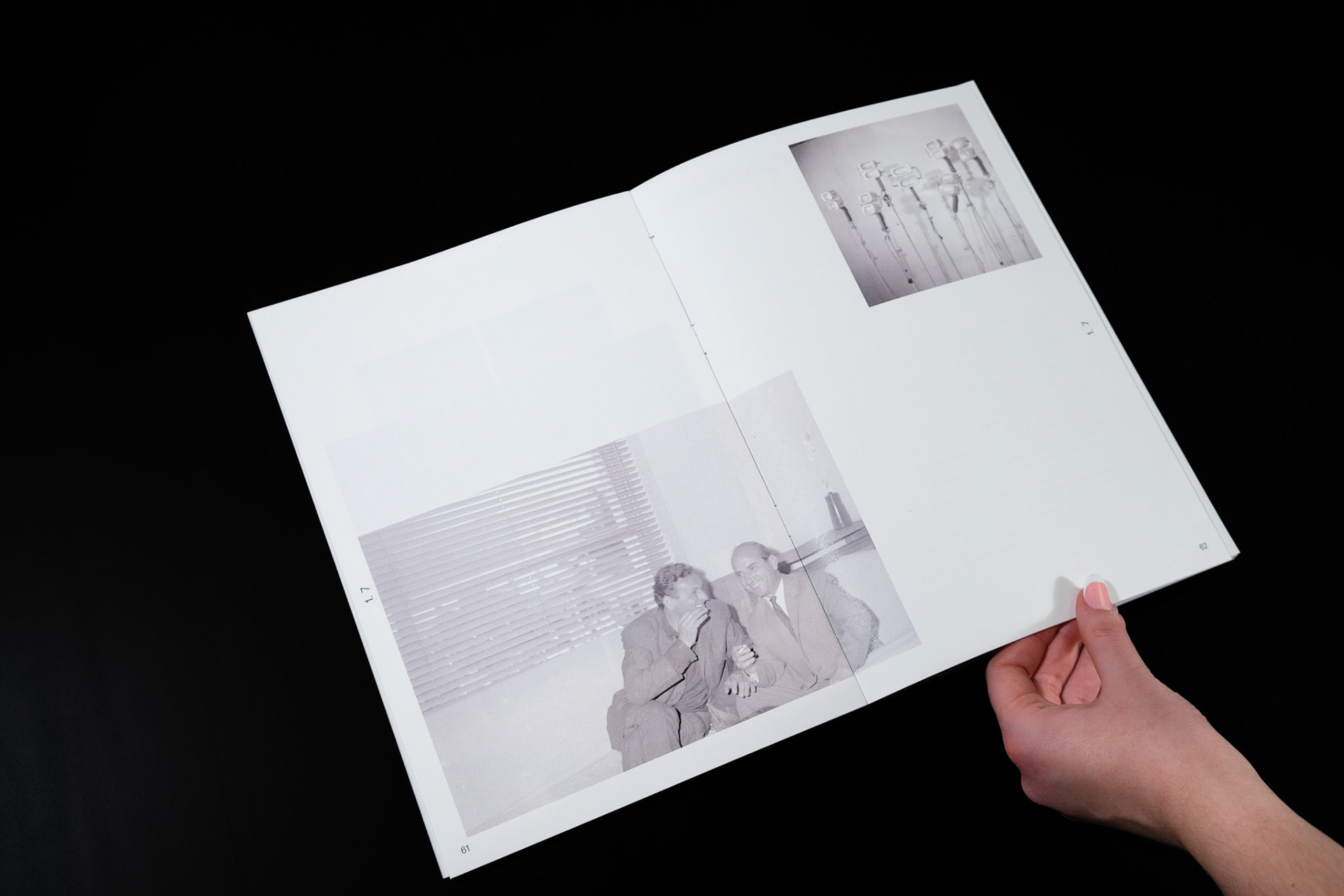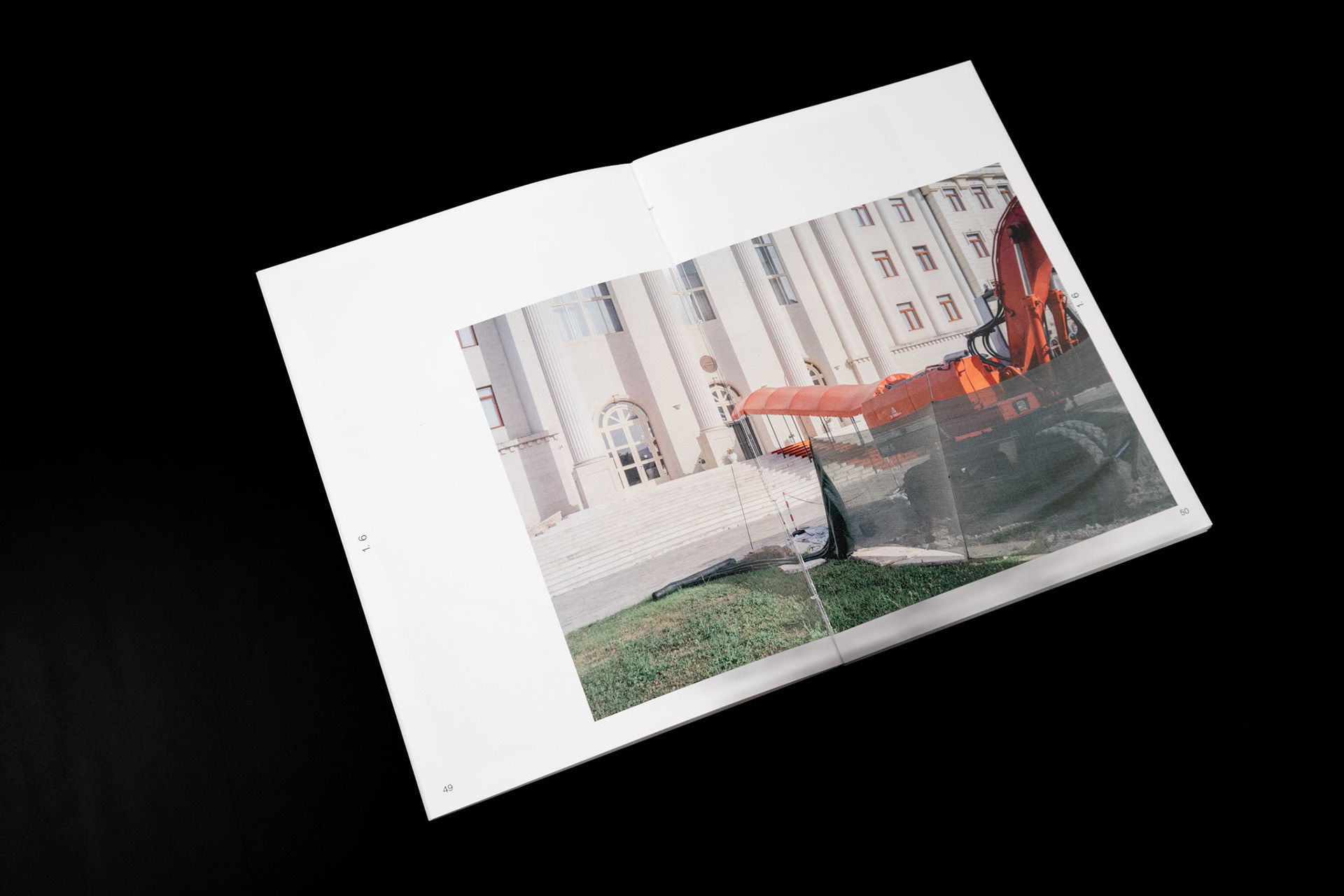Our mental representations of history are closely tied to the image as a means of representing past conditions and relationships. Due to its iconic and symbolic value, photography is an integral aspect in the process of representing the past. However, there is a critical moment in the reconstruction of the history of communist Albania using archival material from 1946-1991. There are no photographic records that directly point to the atrocities of the Hoxha's regime.
No visual material has been preserved from the time of Enver Hoxha's dictatorship that contradicts the strict dogma of socialist ideology. This is a unique phenomenon in the history of 20th-century dictatorships, where counter-ideological images and testimonies commonly appeared after the fall of the regime. How do we deal with contemporary visual material if we know that it was under the absolute control of political and ideological power? What kind of testimony can censored photography give us about the named regime of terror and what kind of imagination does it create in us?
By combining archival records, theoretical backgrounds from the field of anthropology, and my own field research, I have sought to elucidate the conditions in which Albanian photography was produced during the socialist era and what it can tell us about the past today. Through my own photographs and a comparison with the archival record, I ask what traces of the oppressive past remain in the fragments of the landscape to this day.

